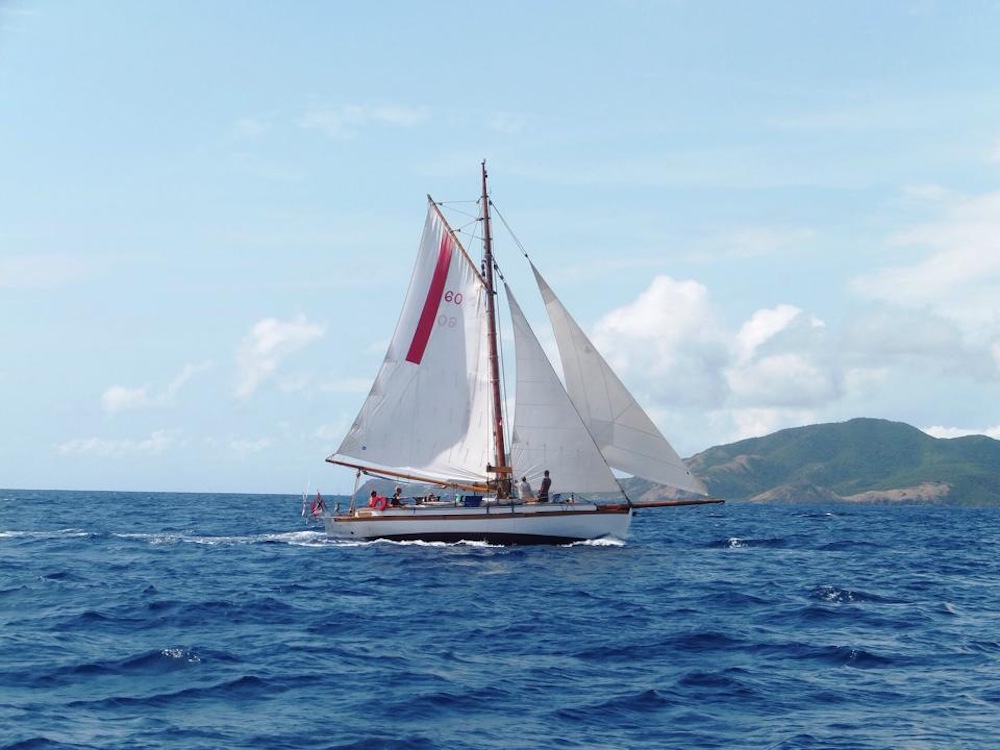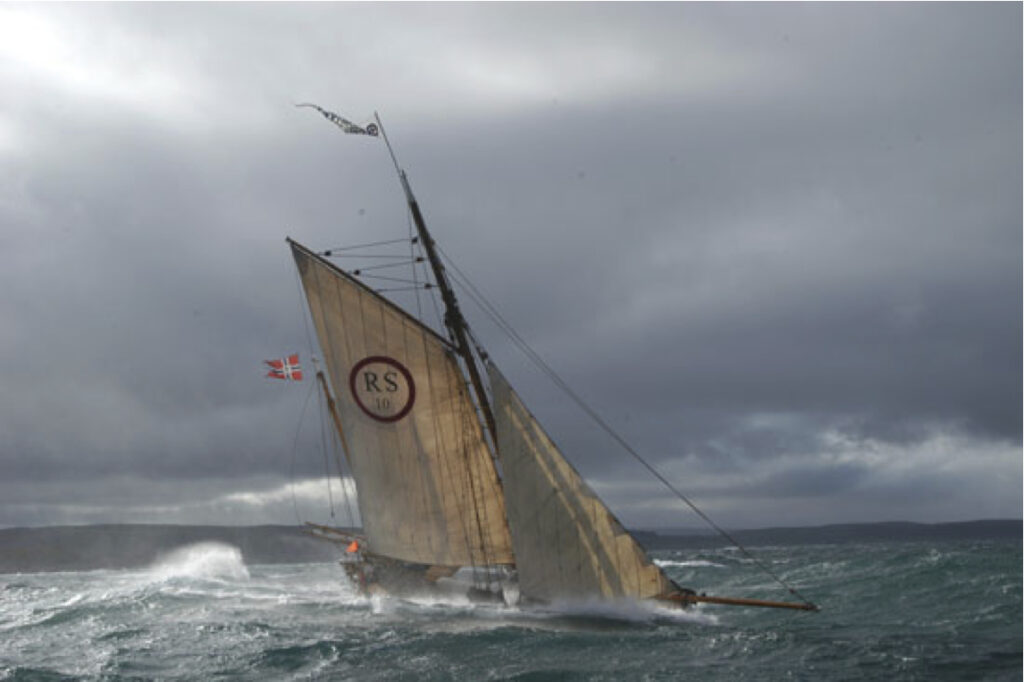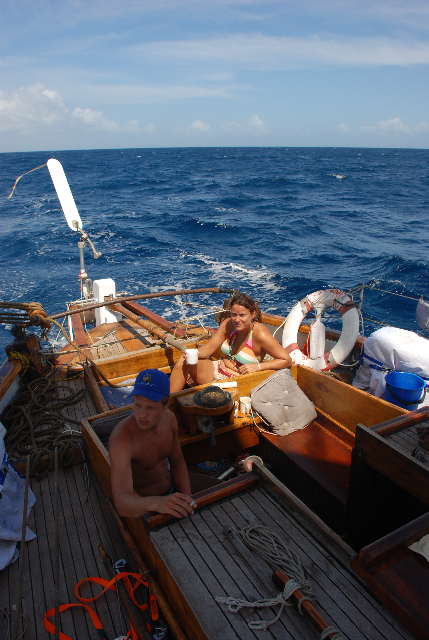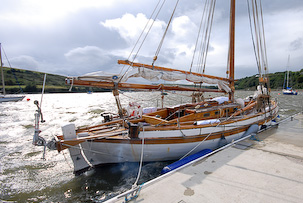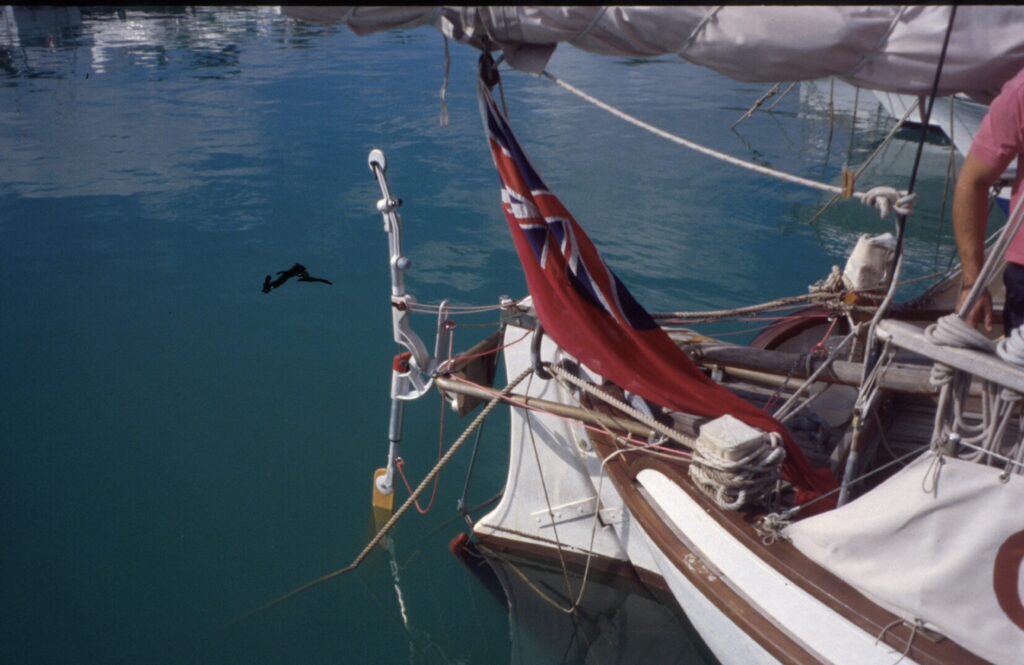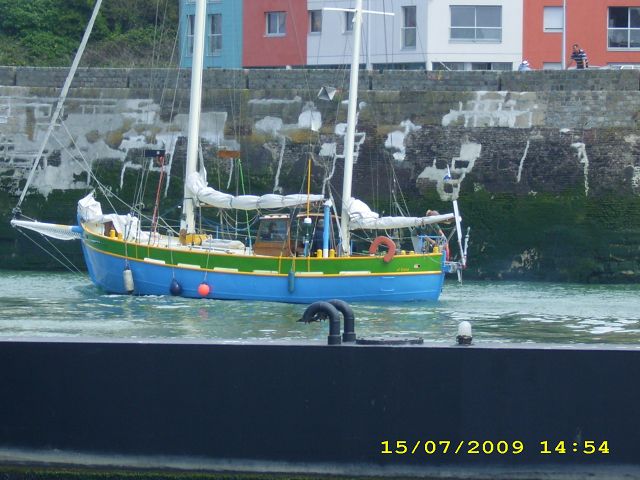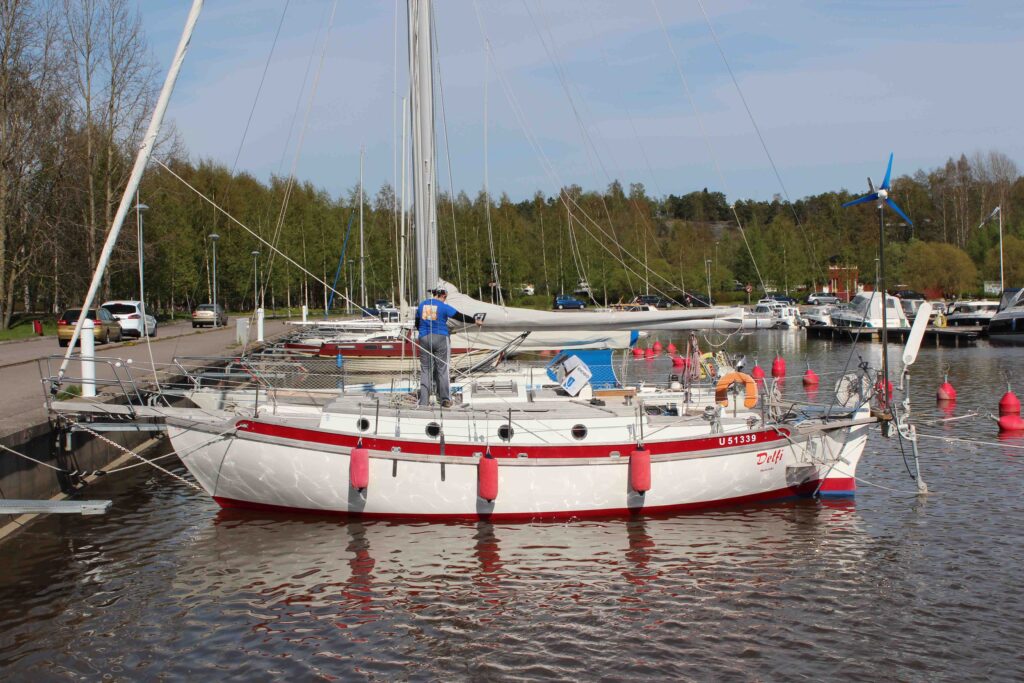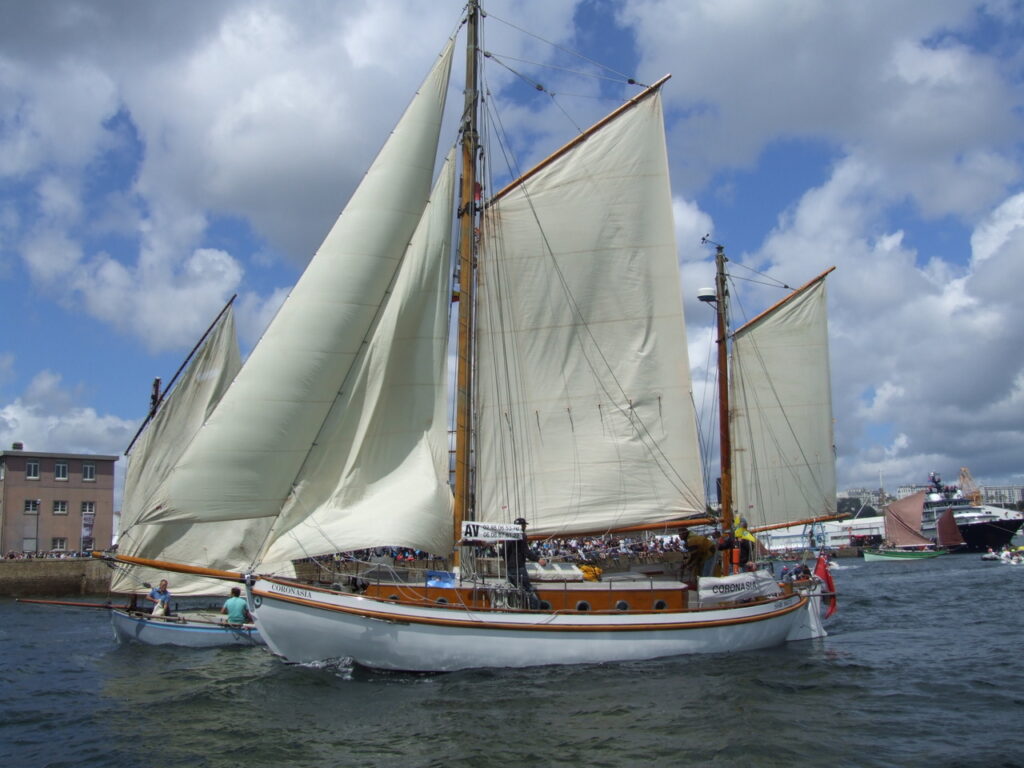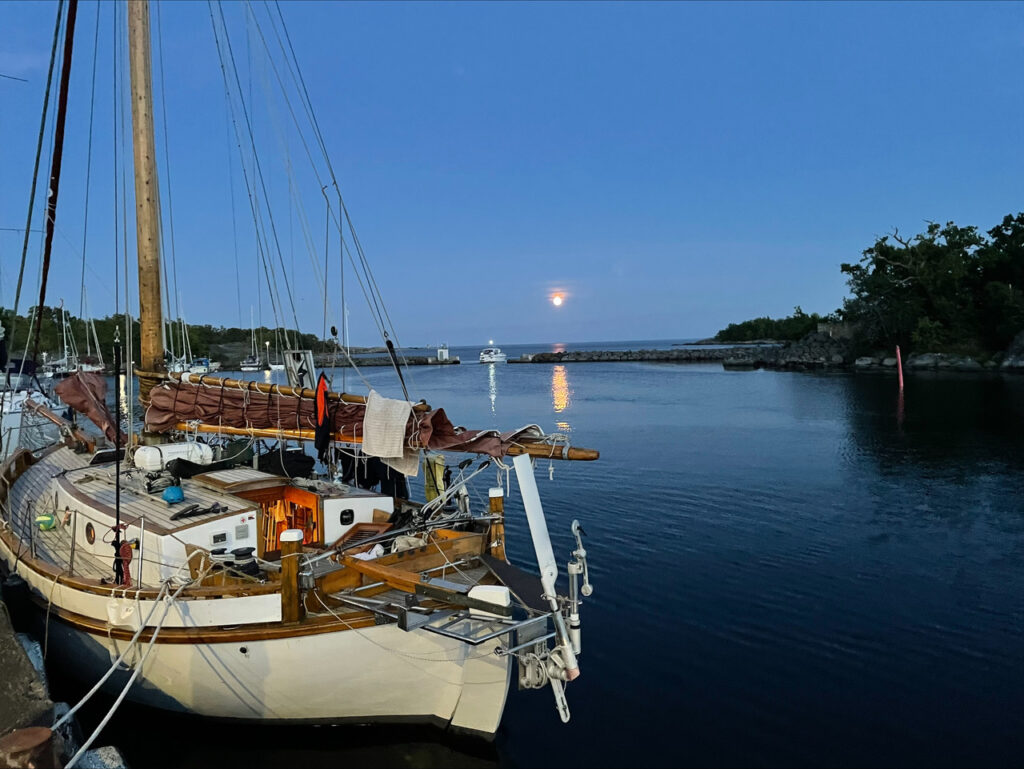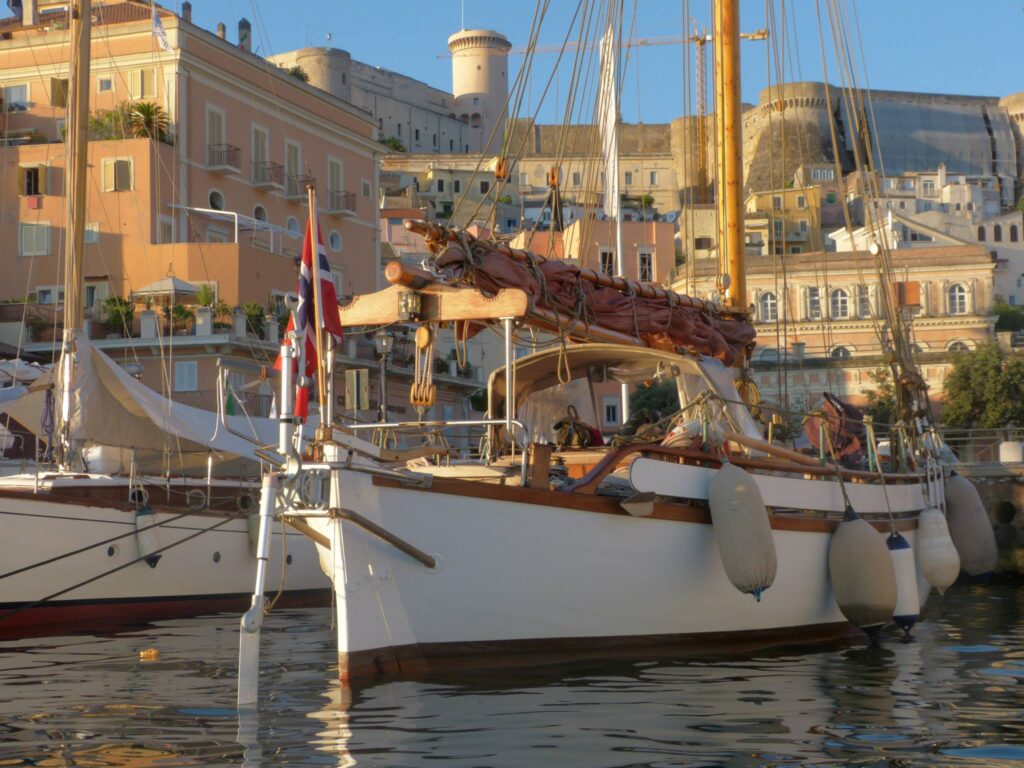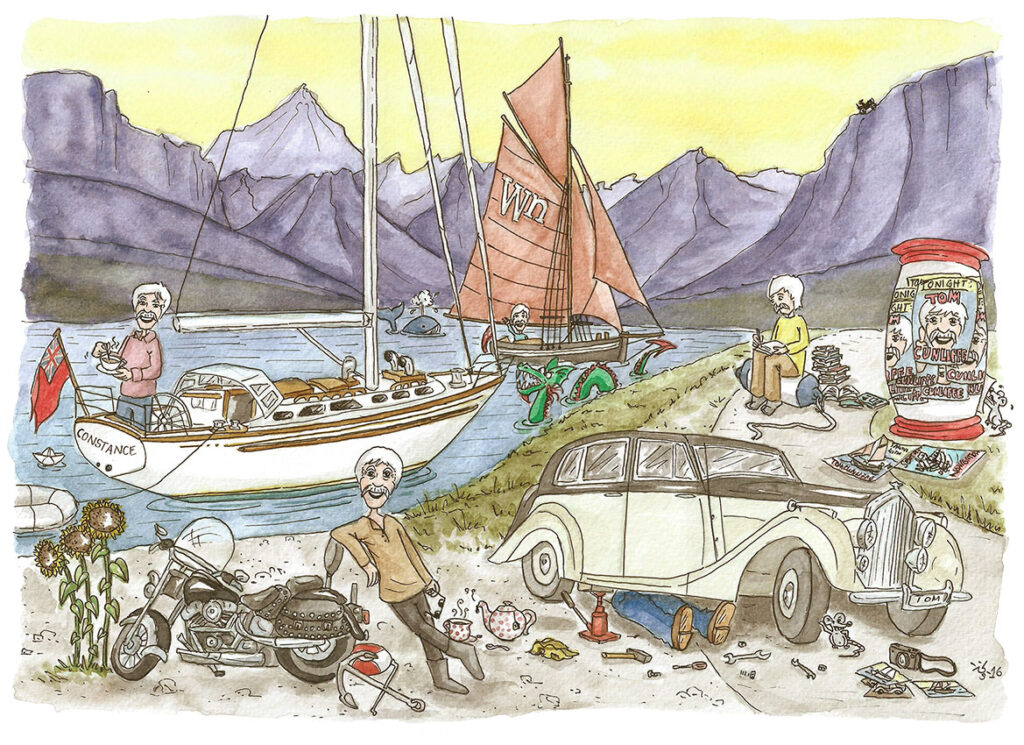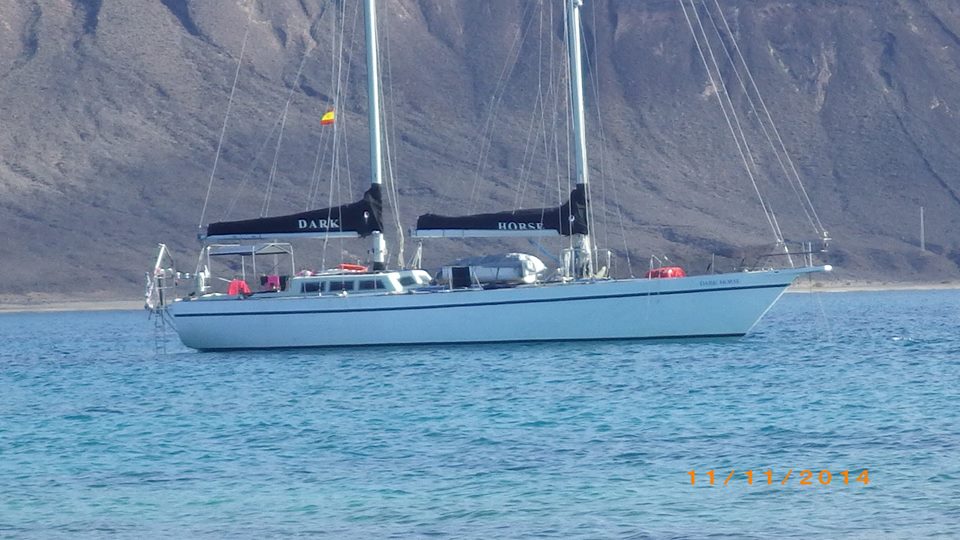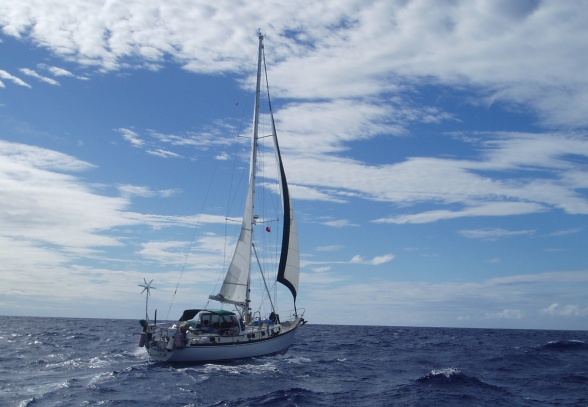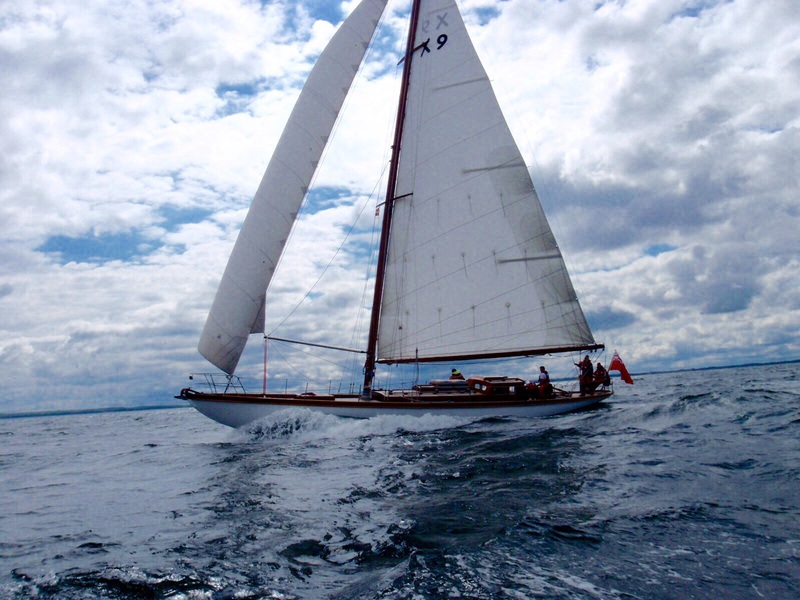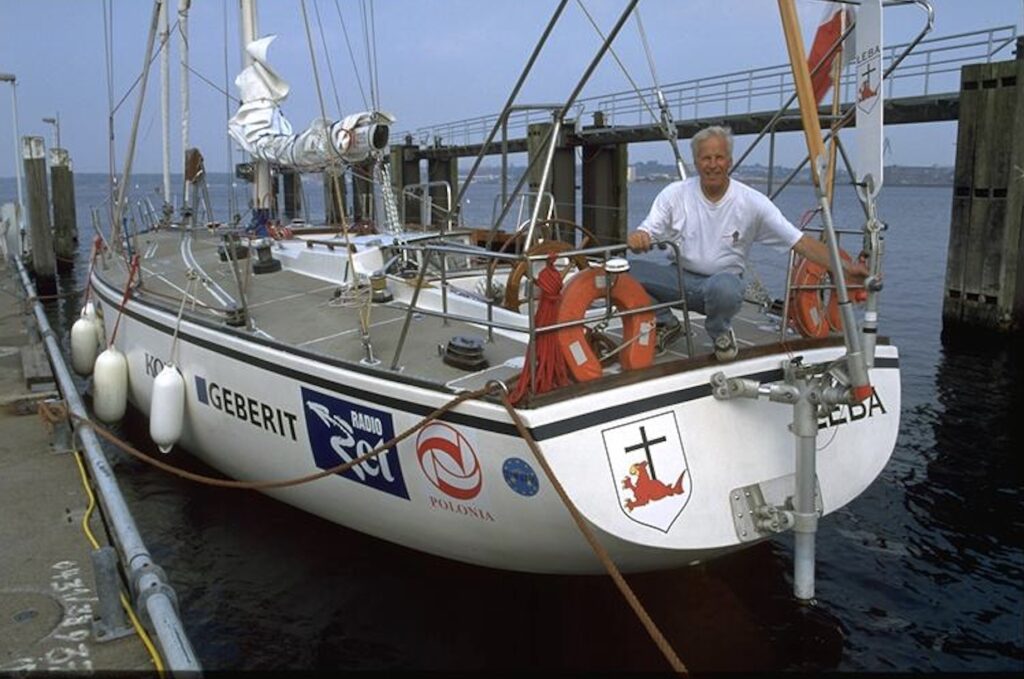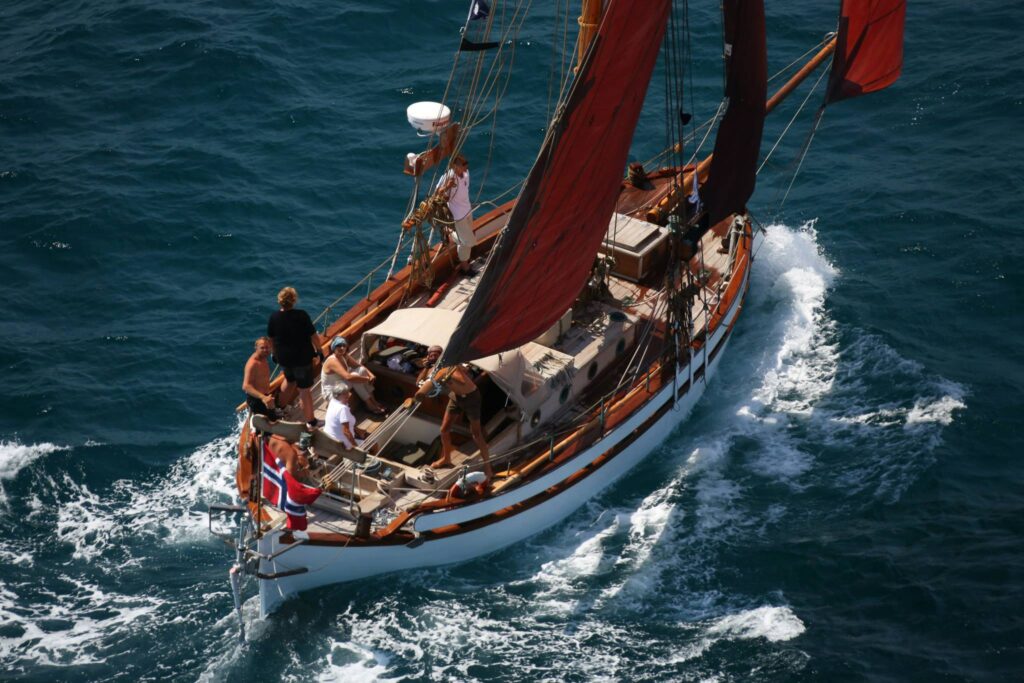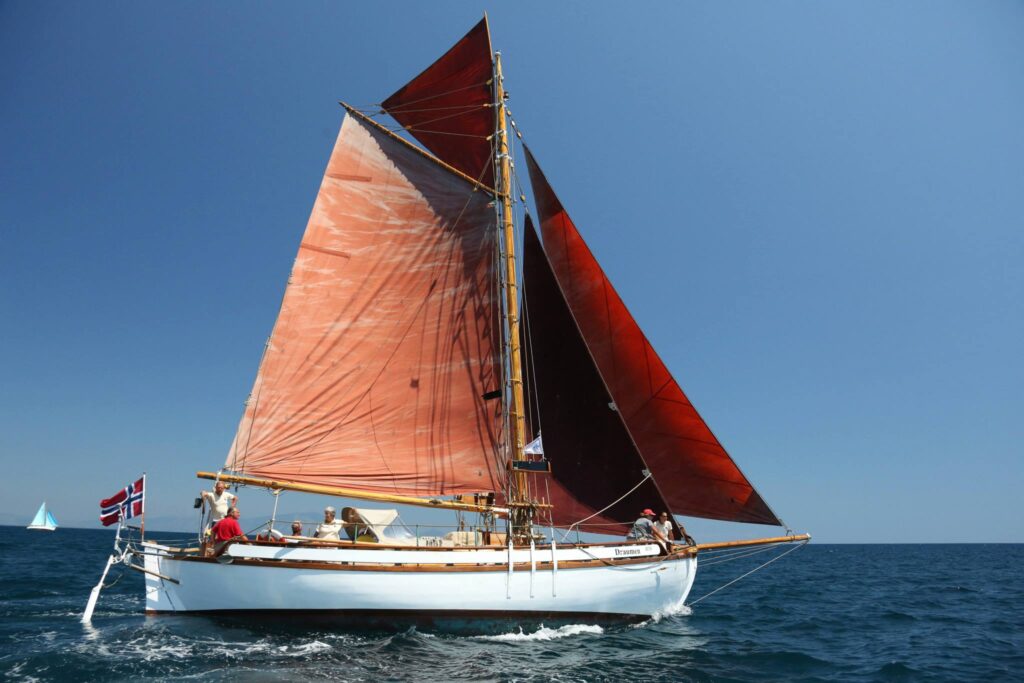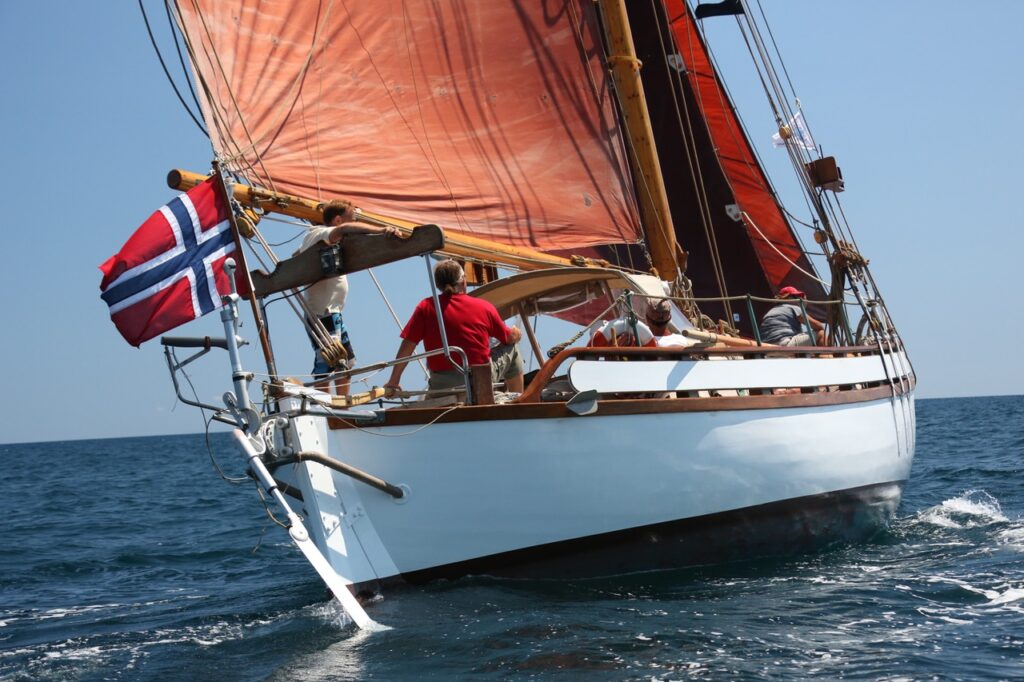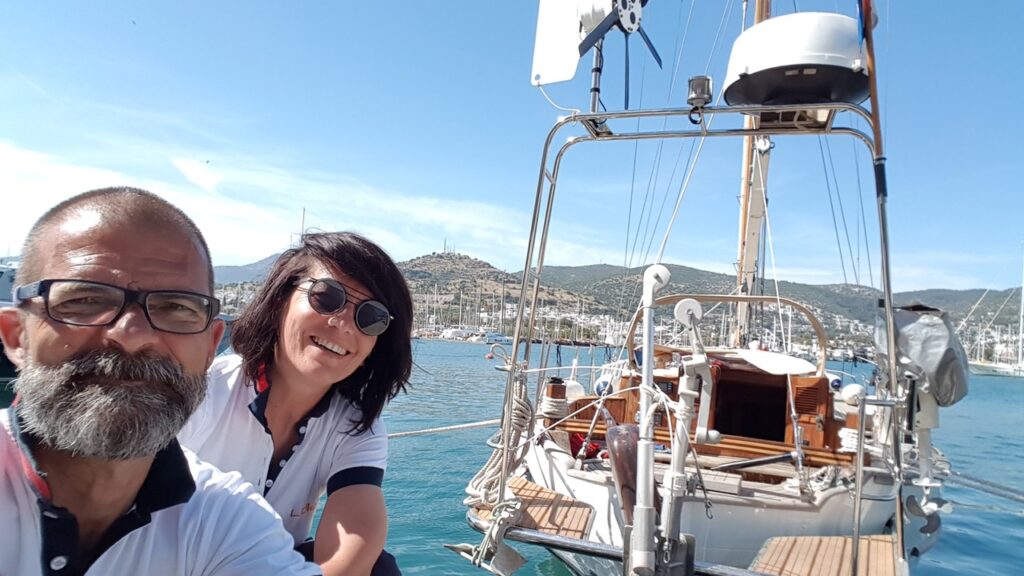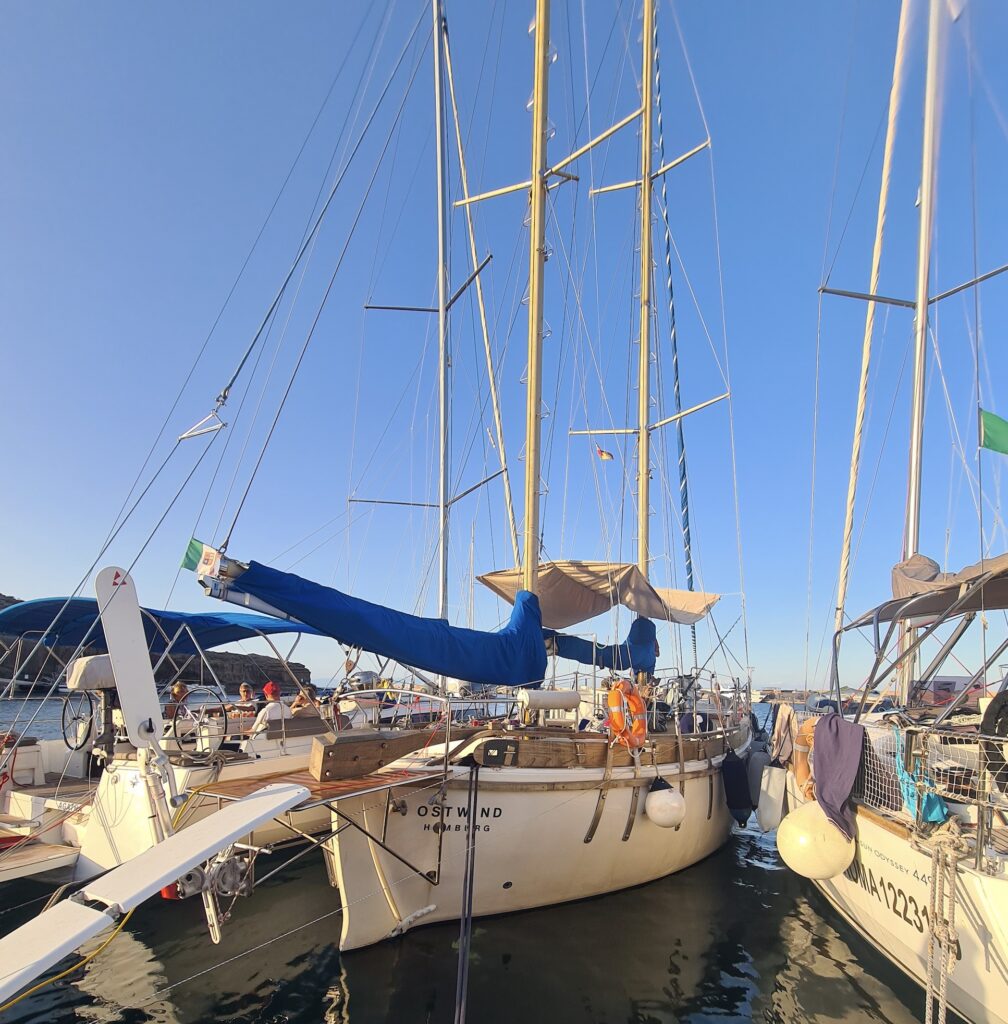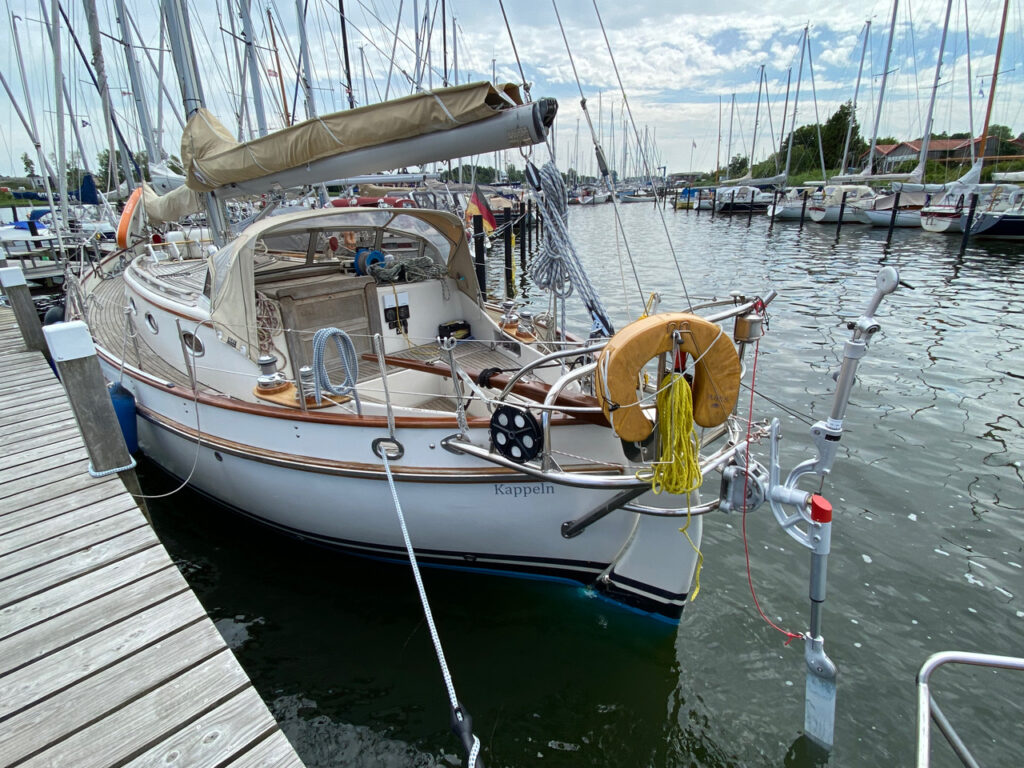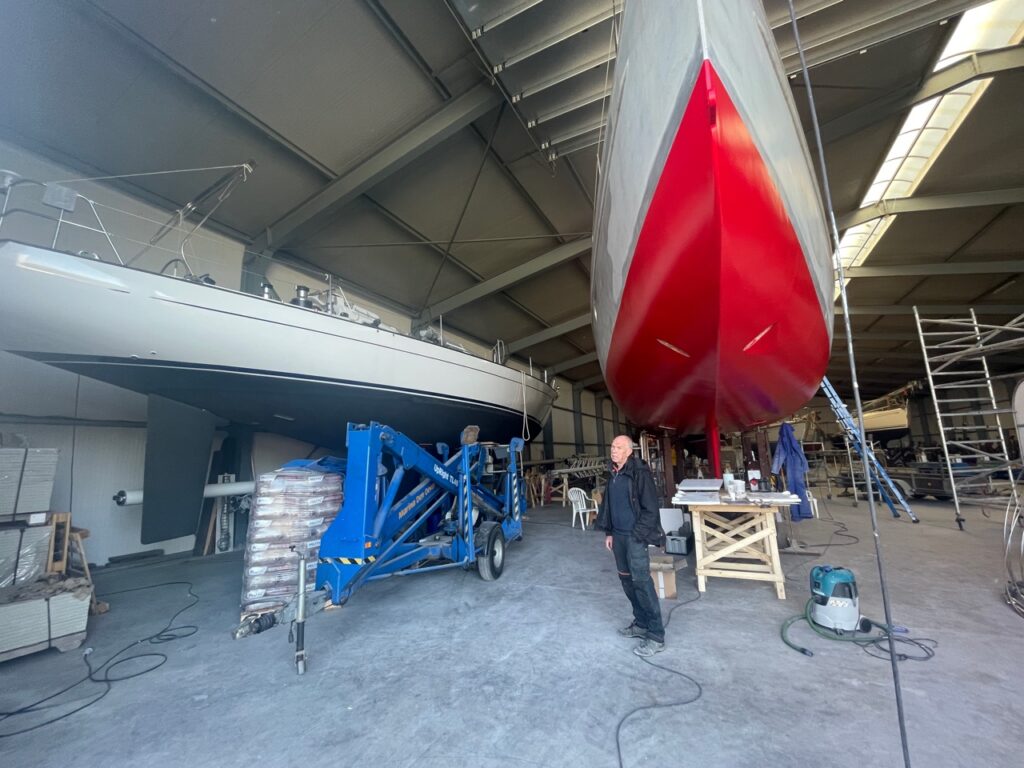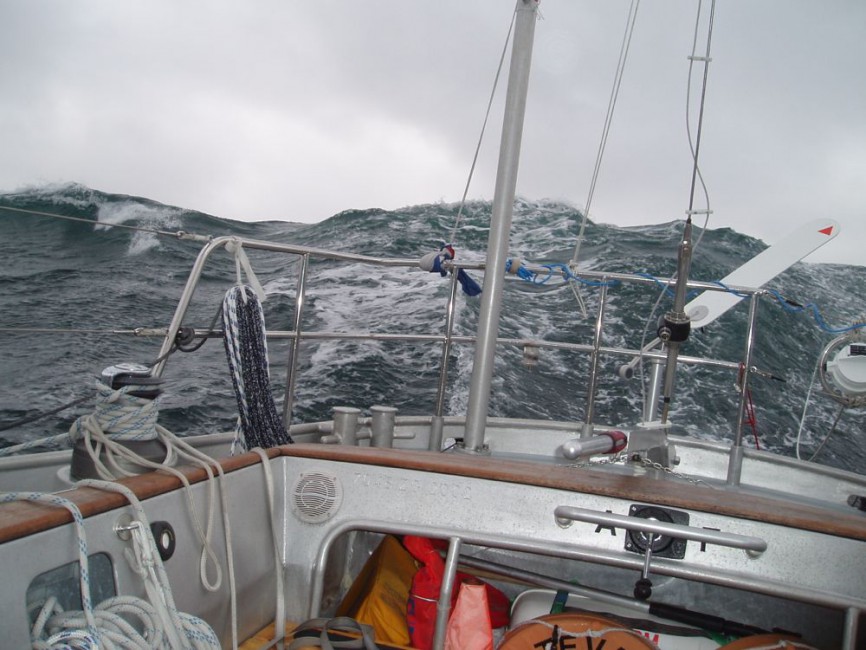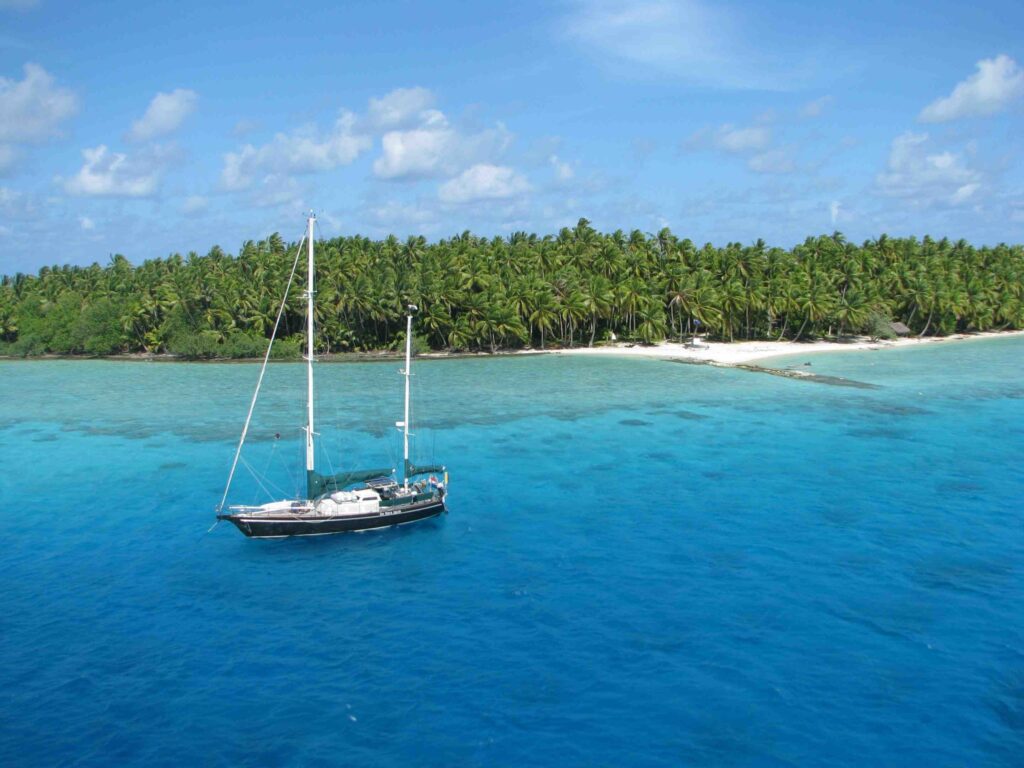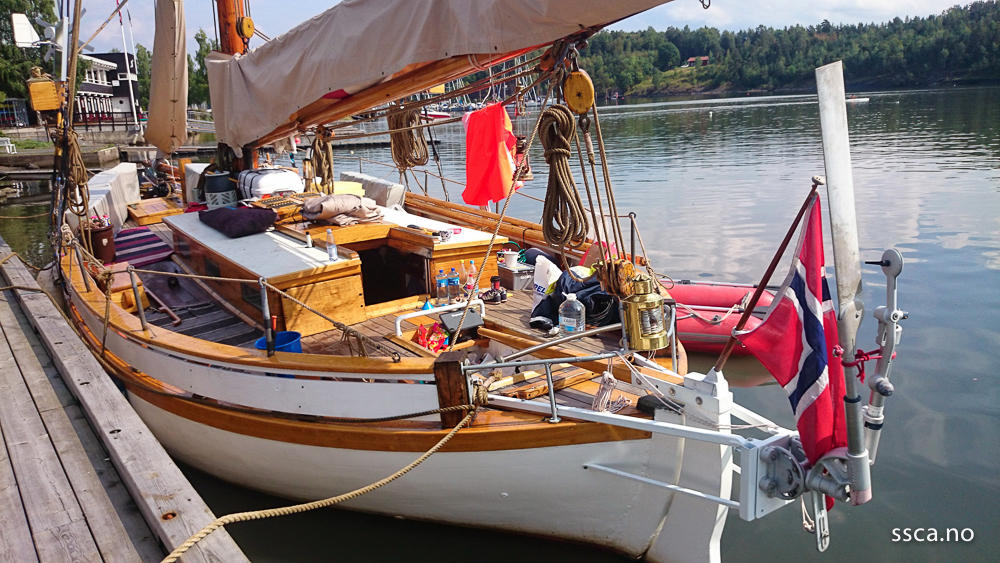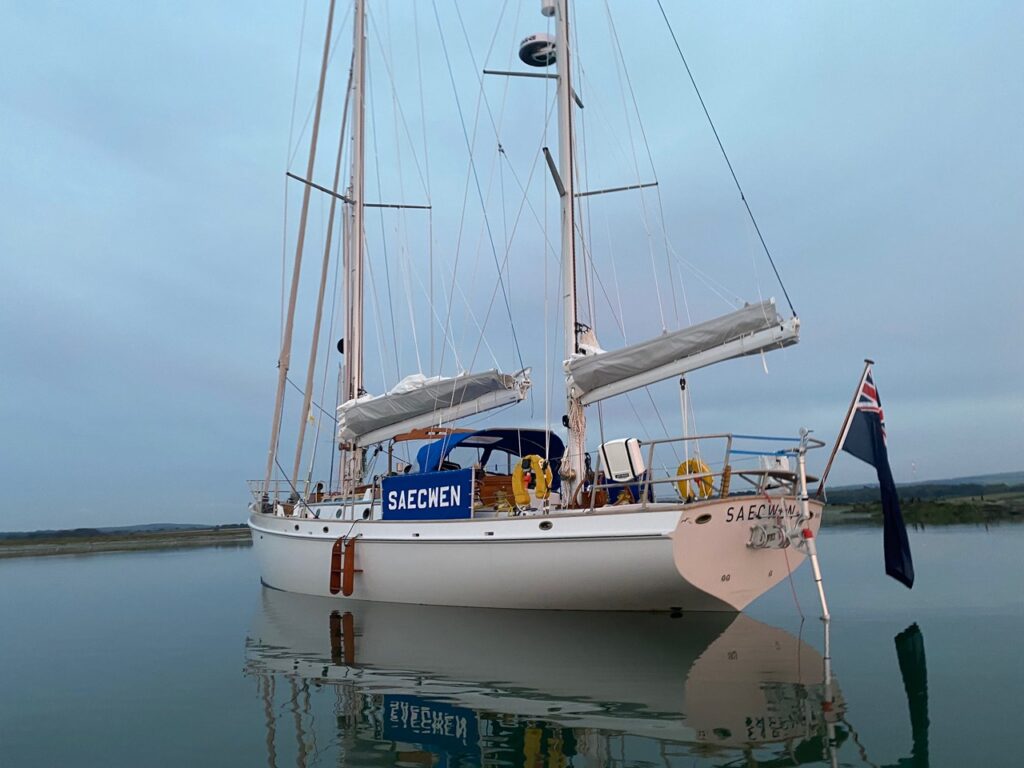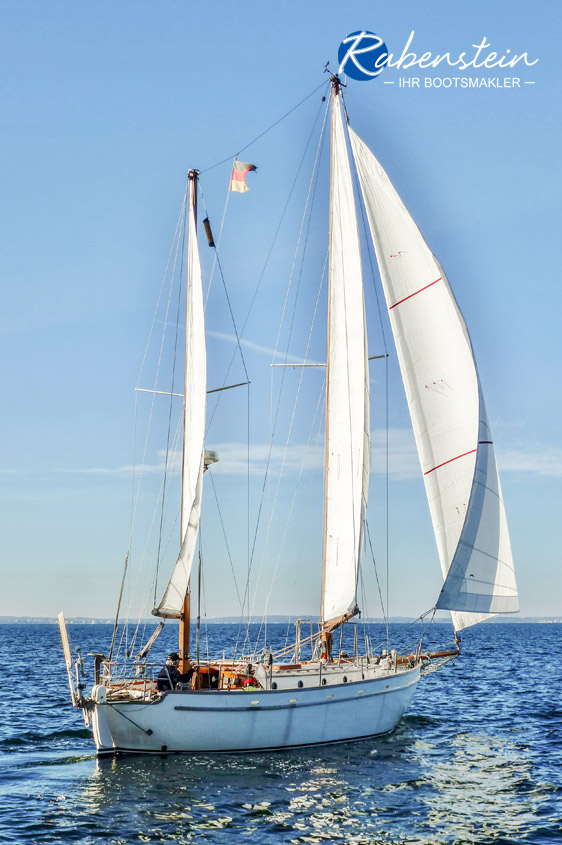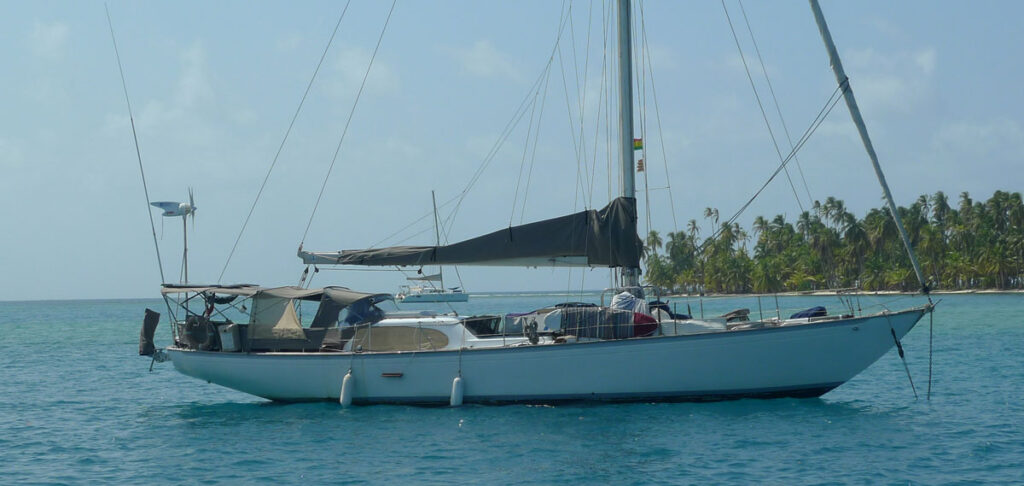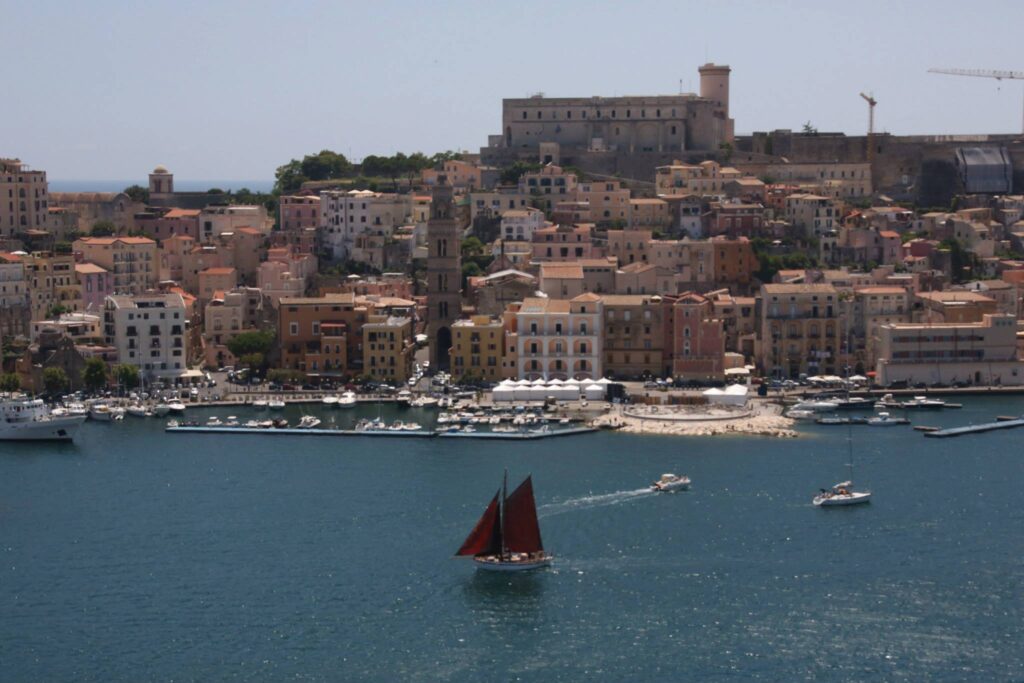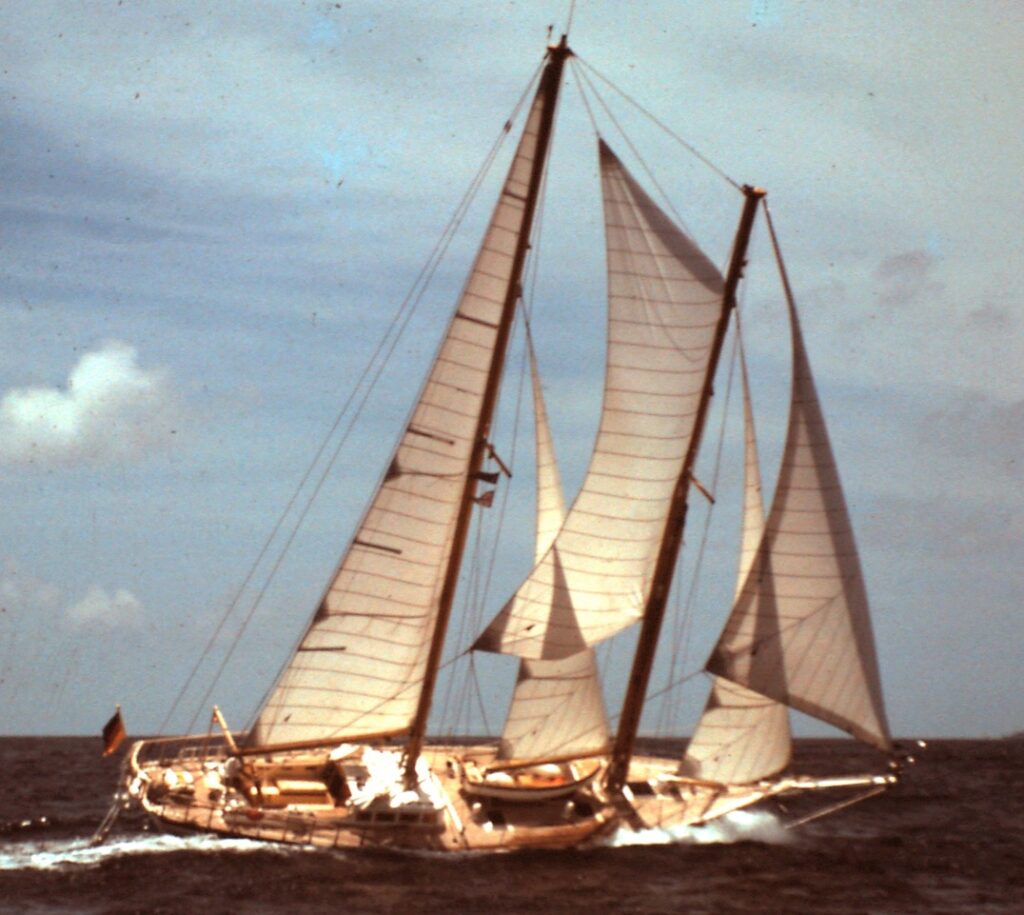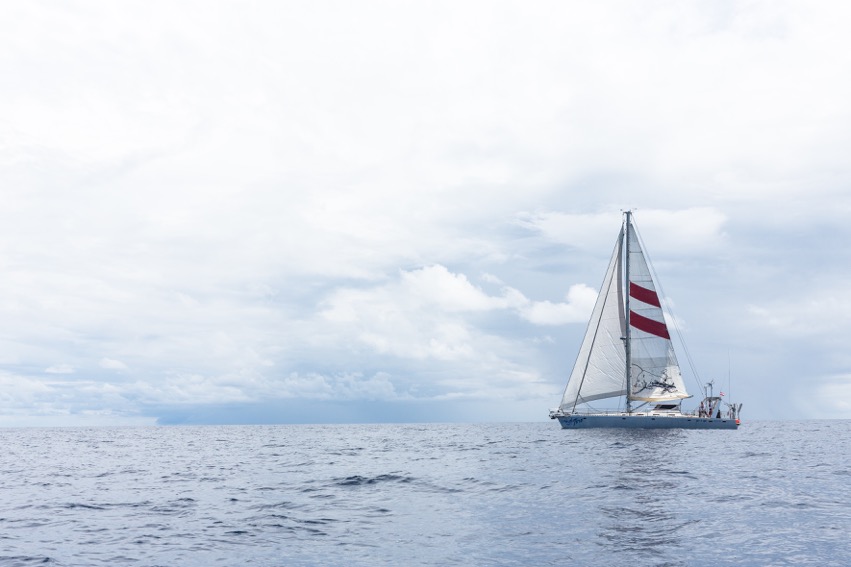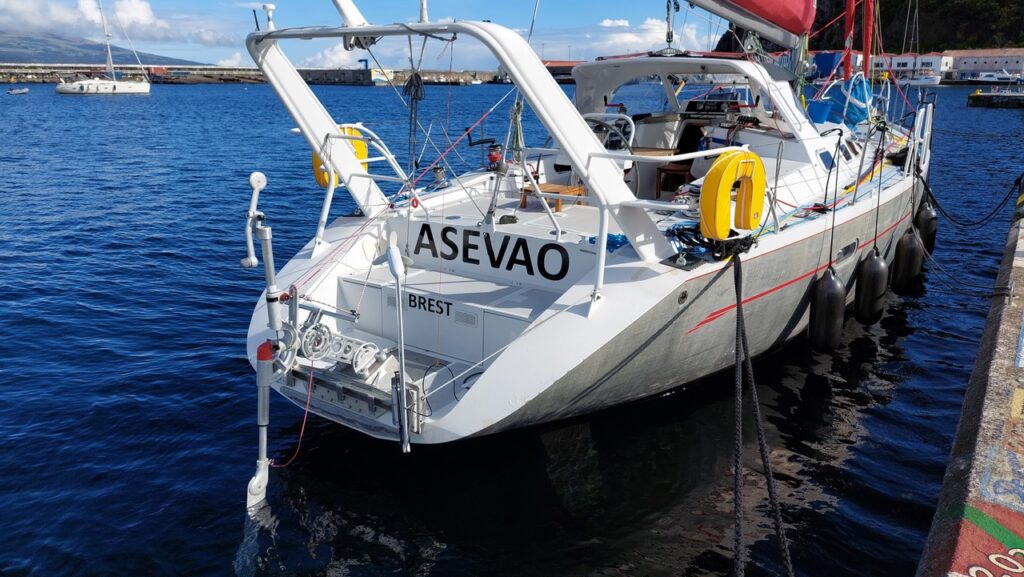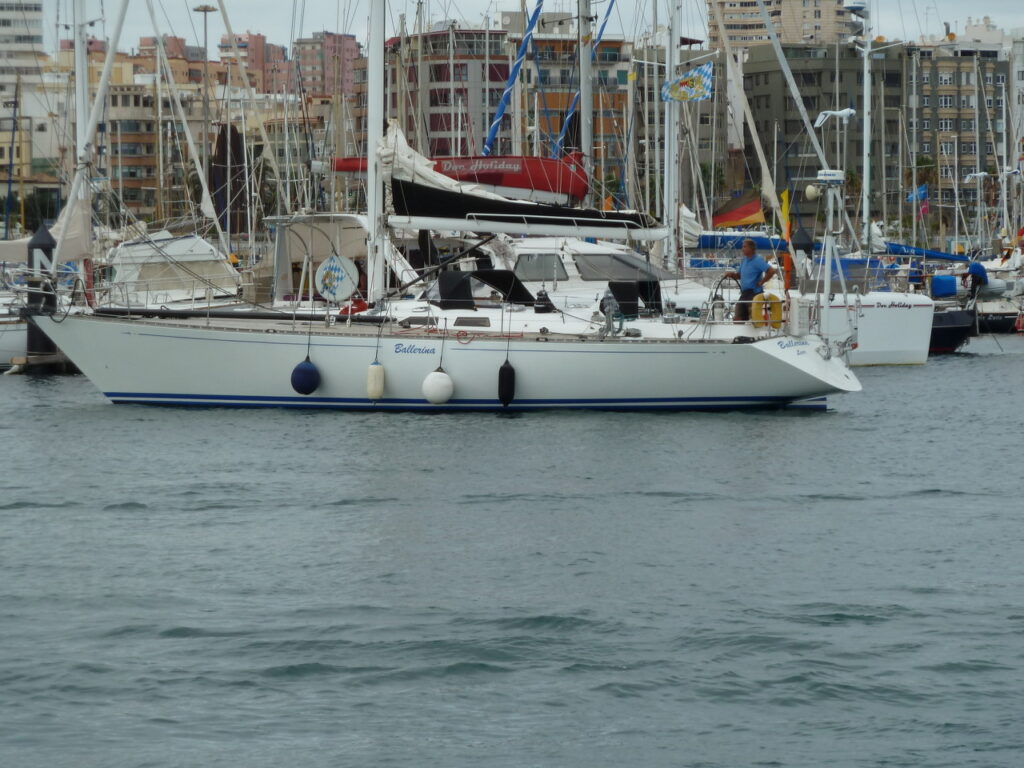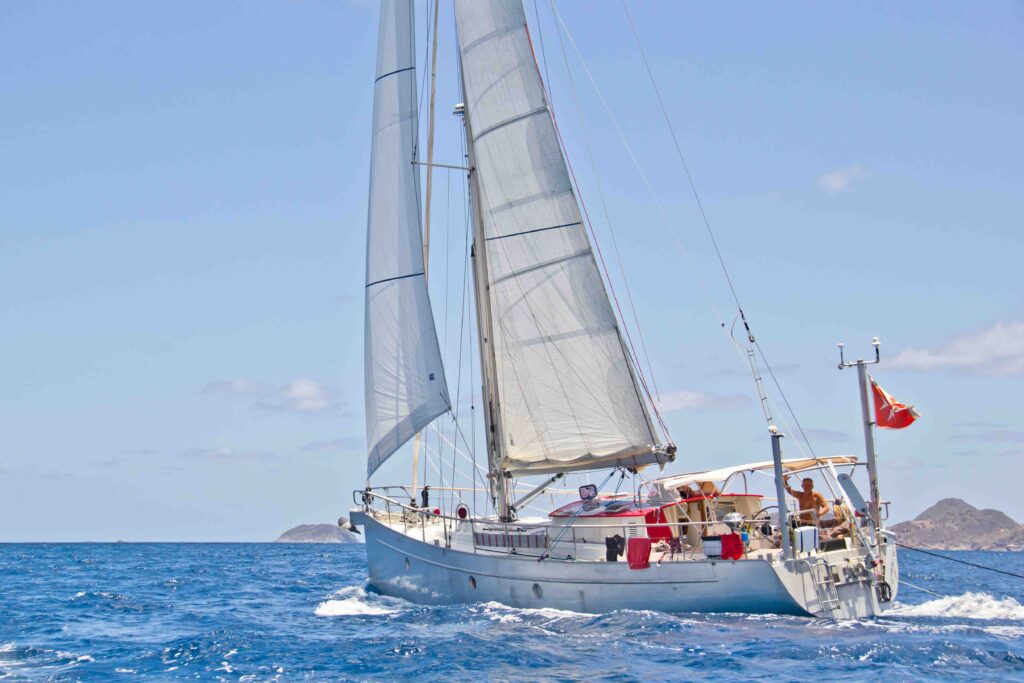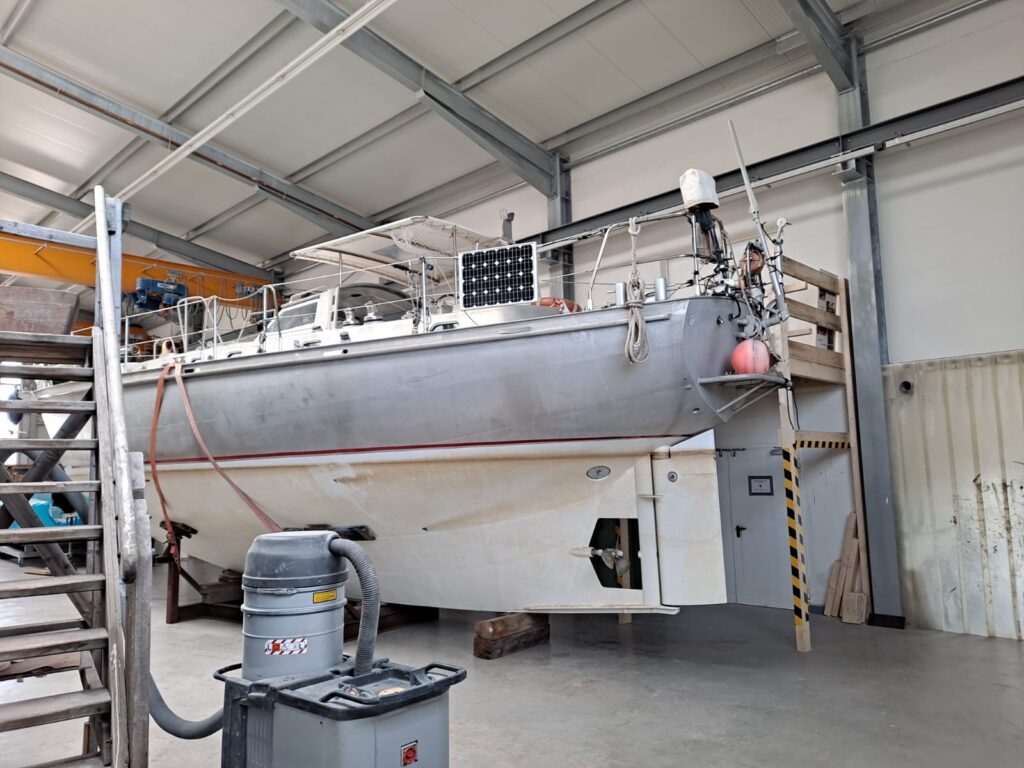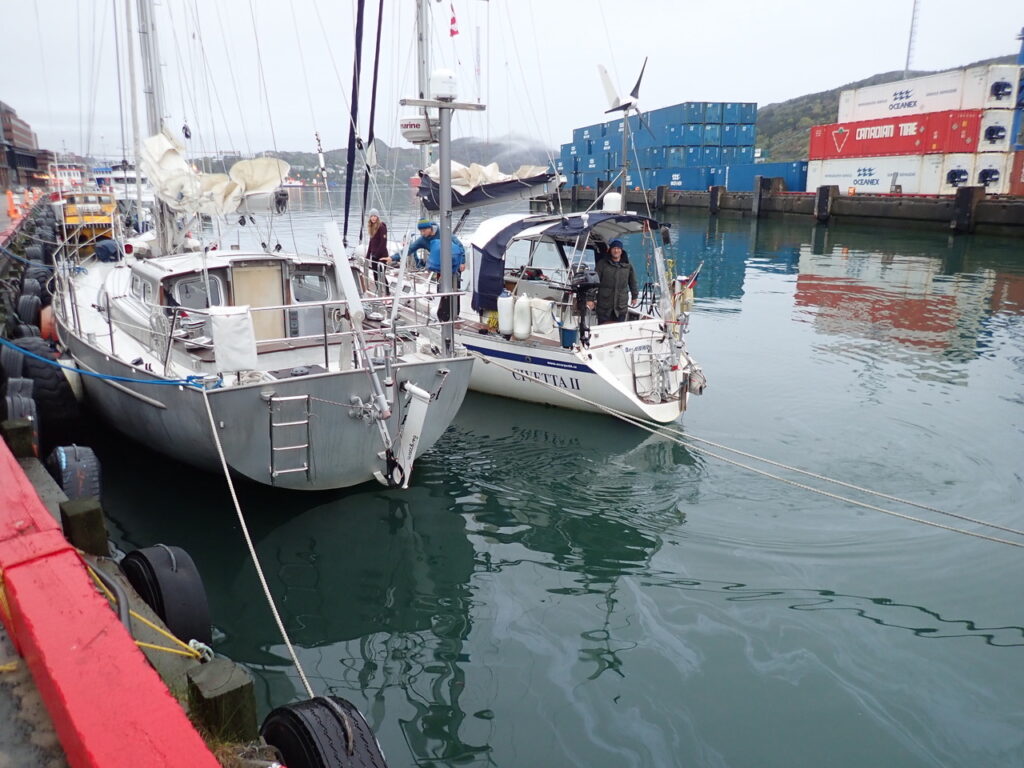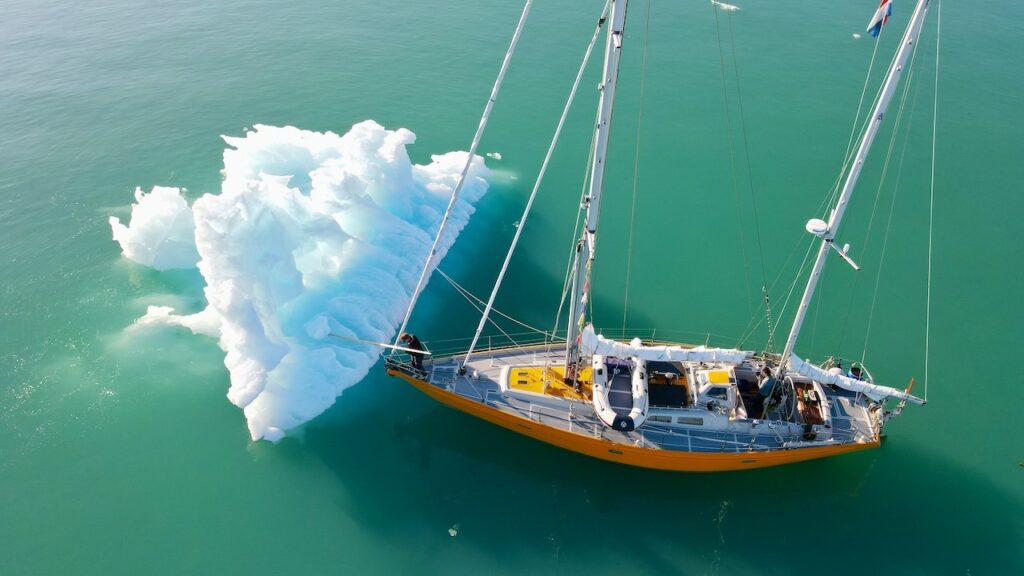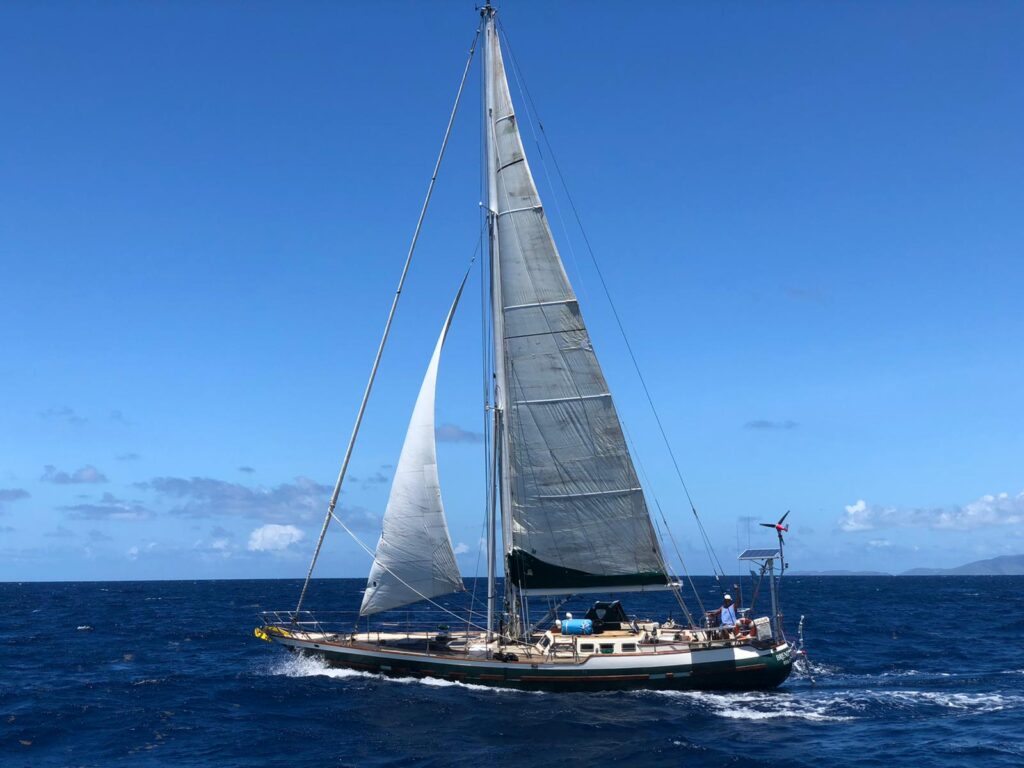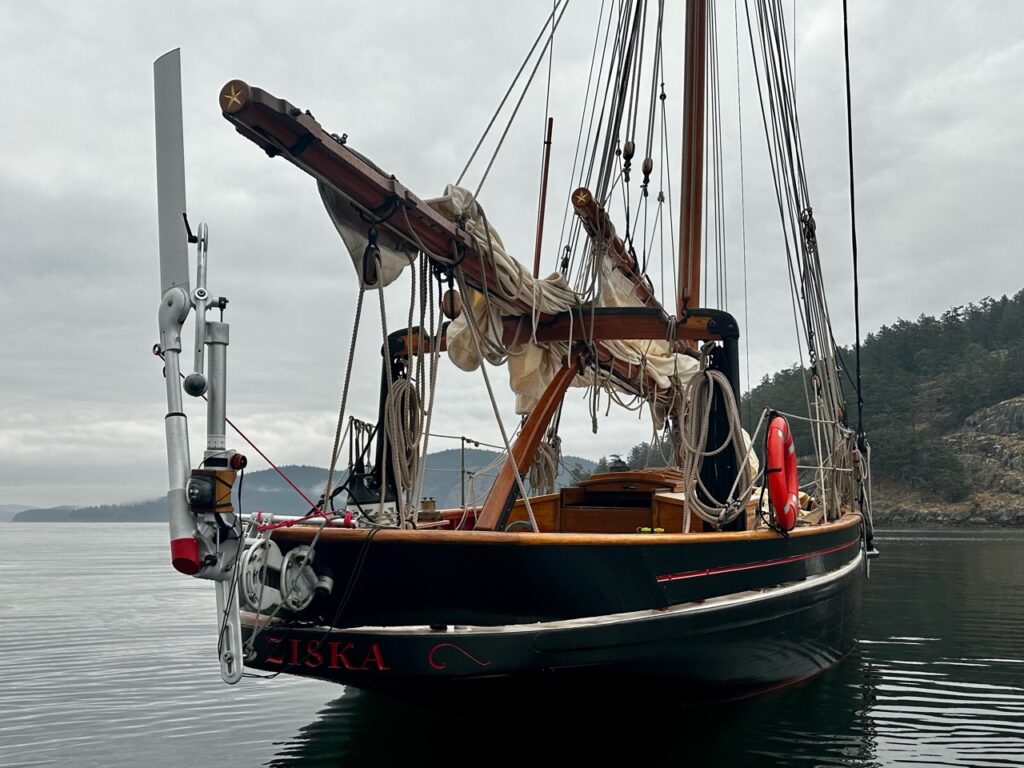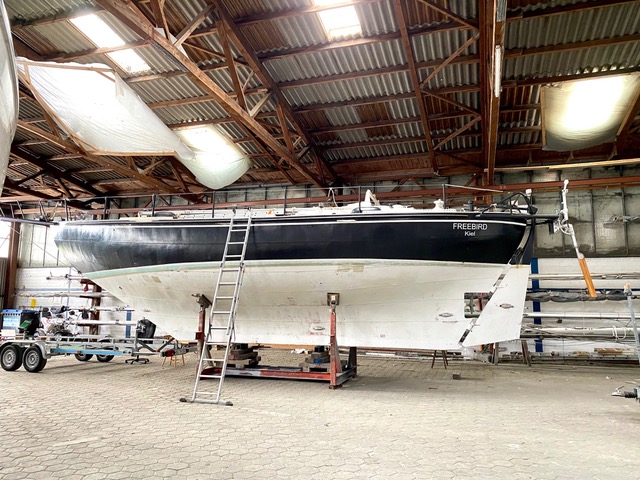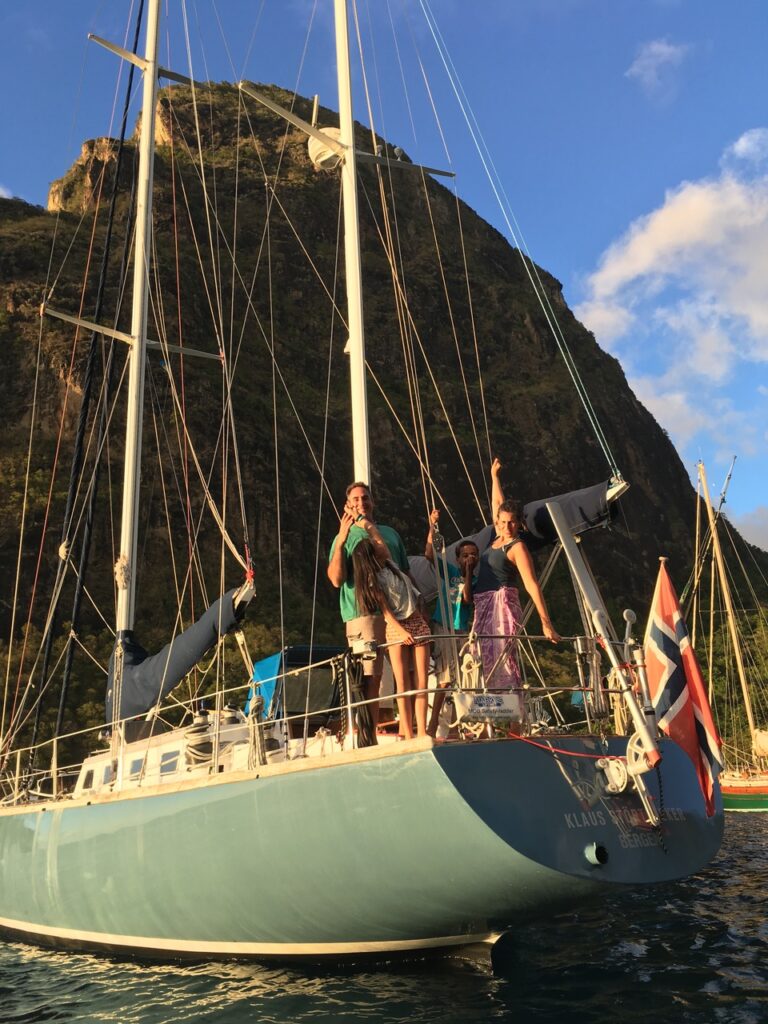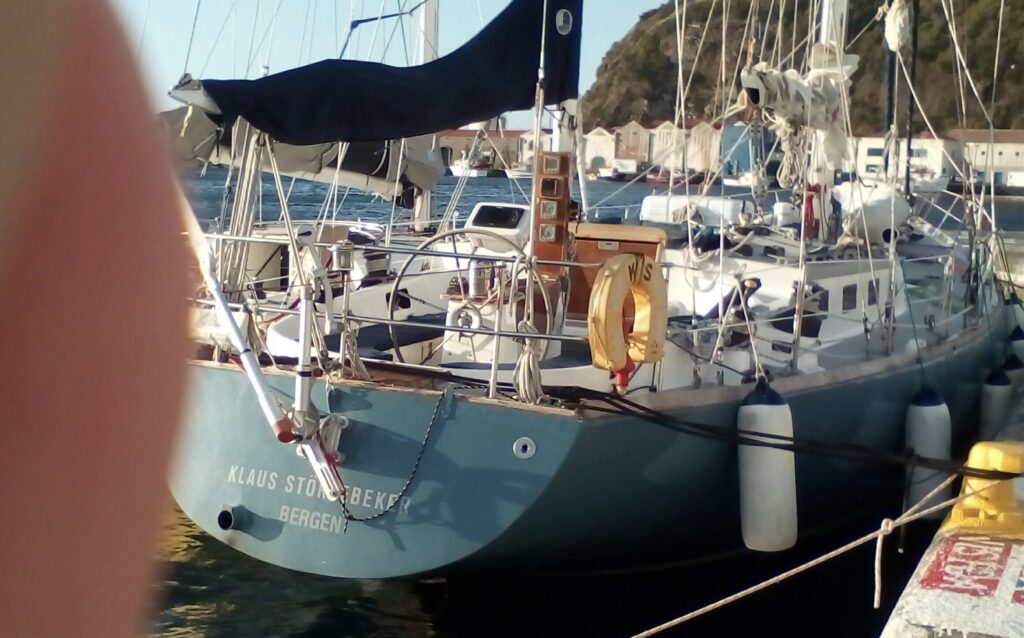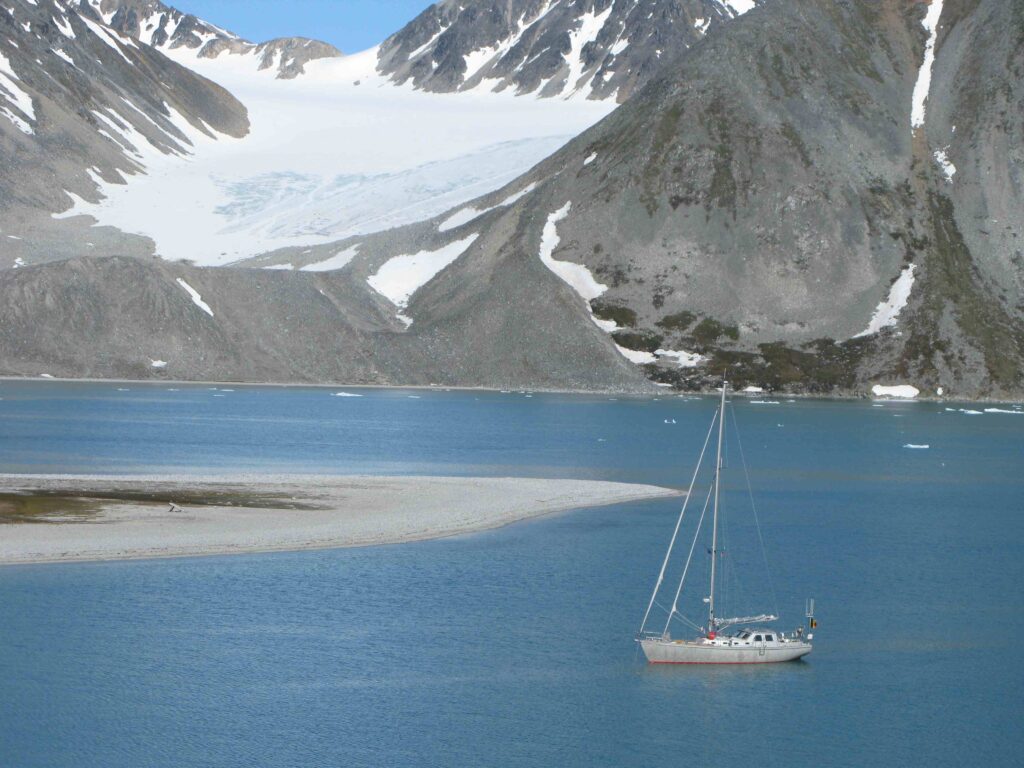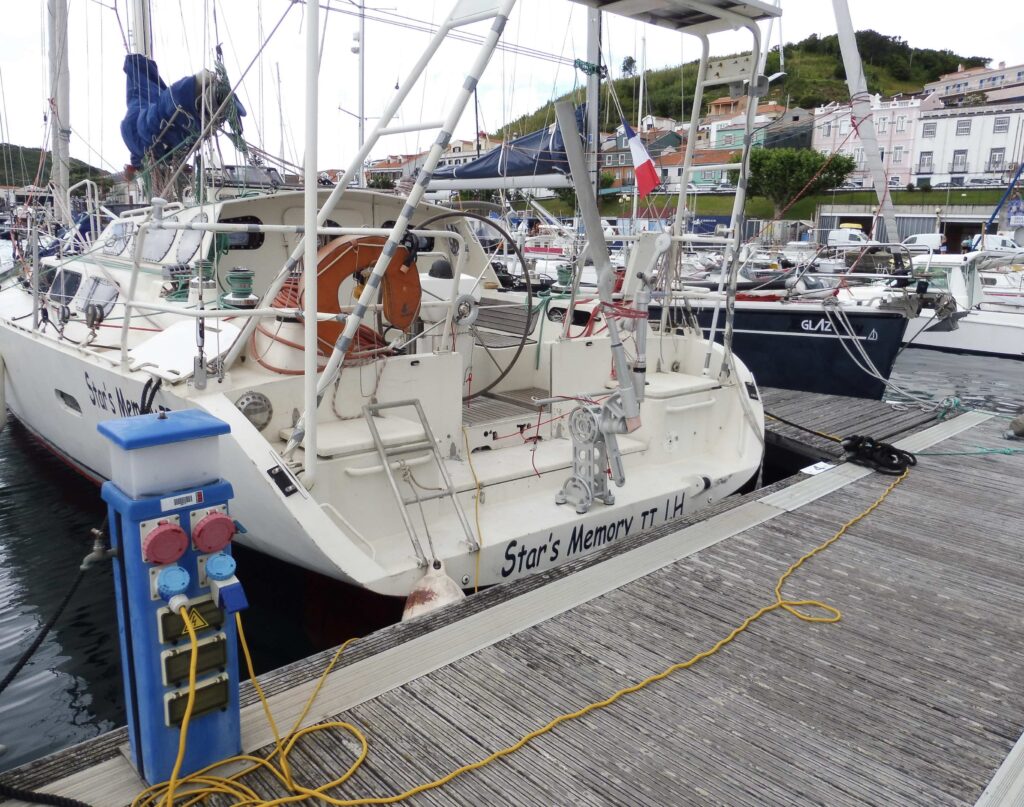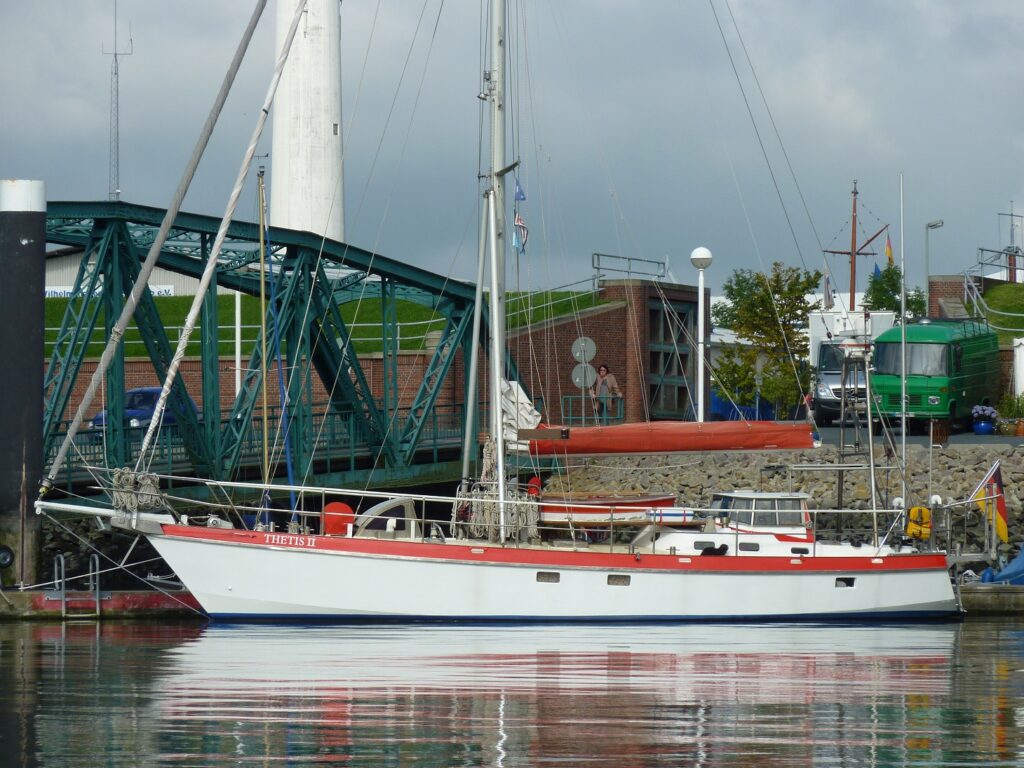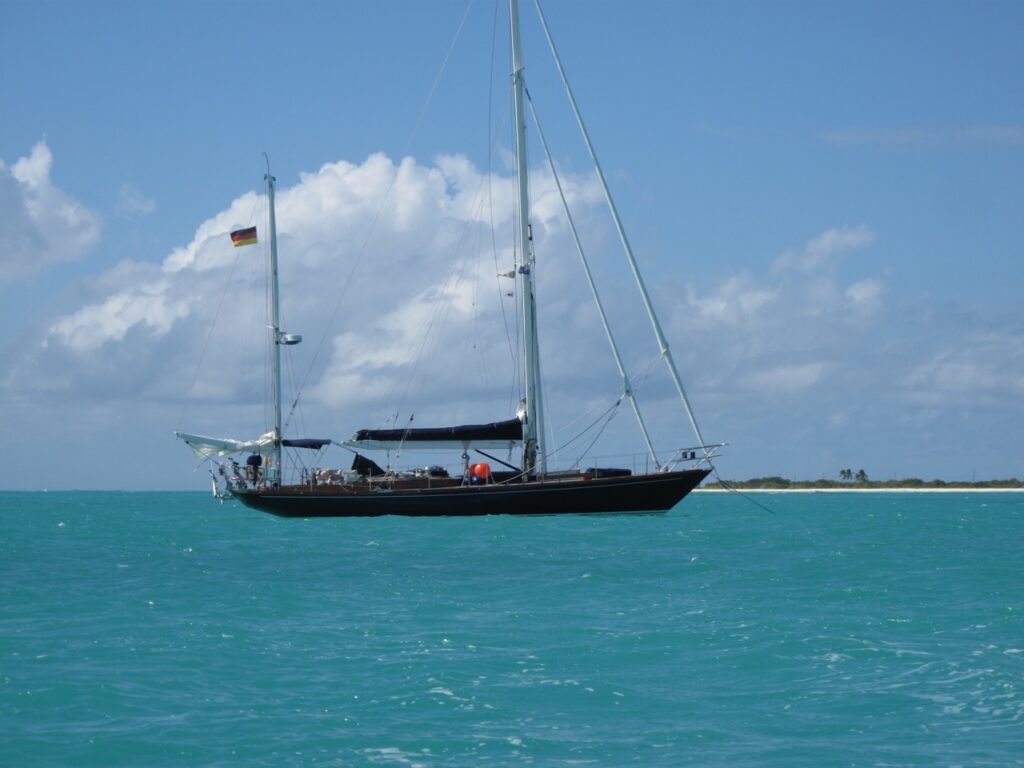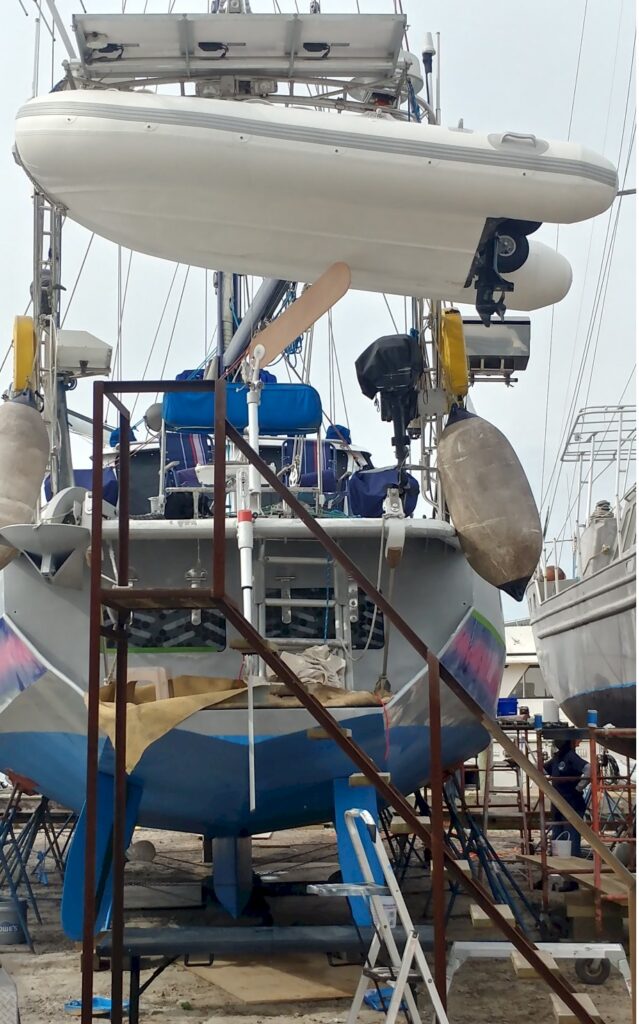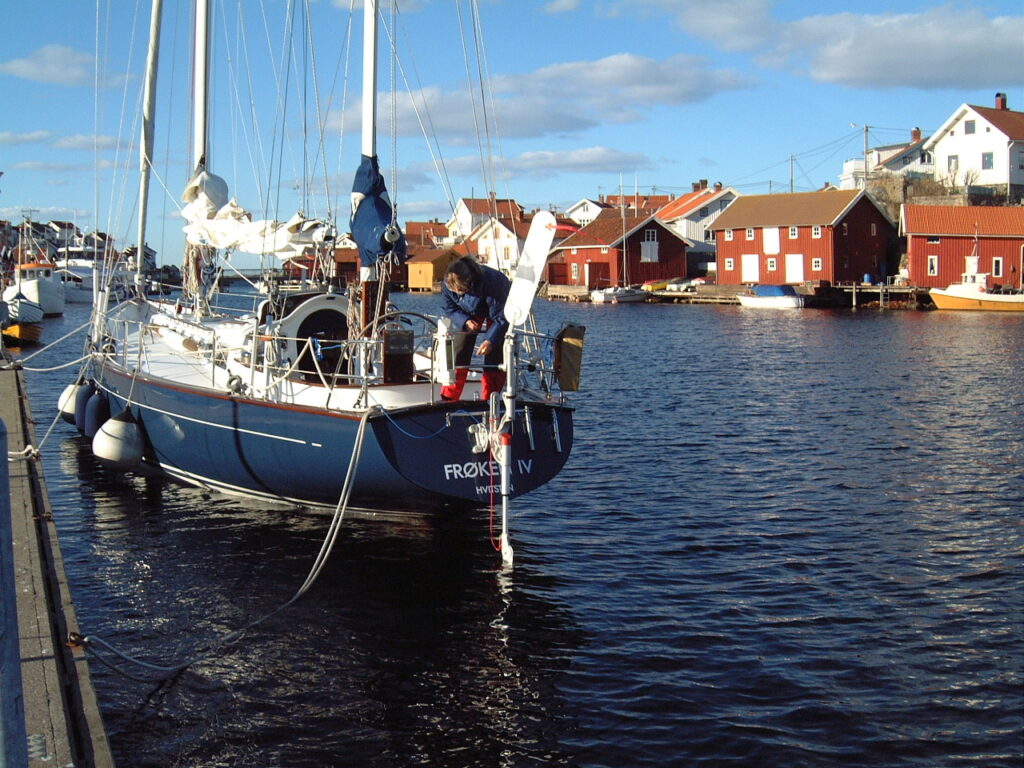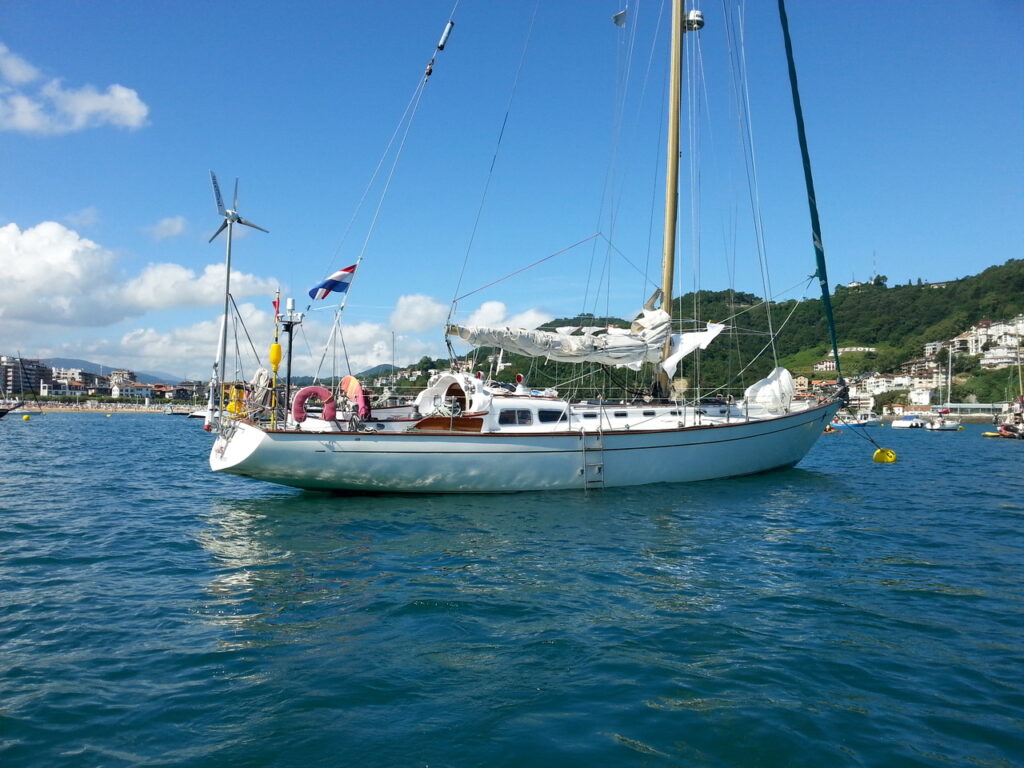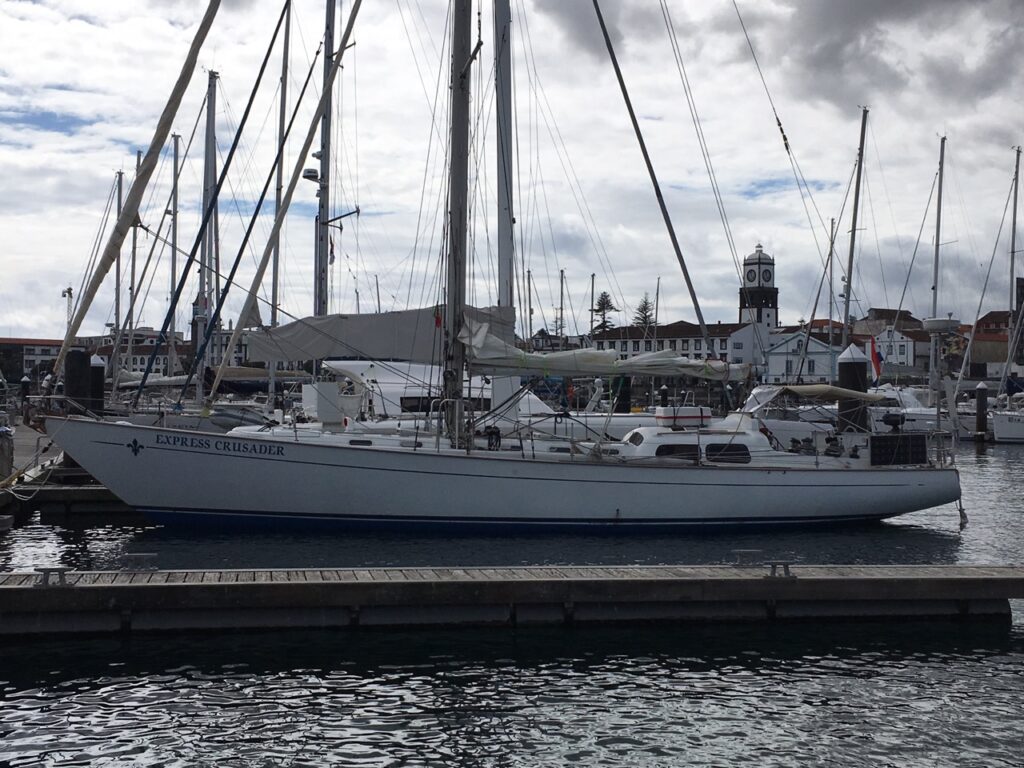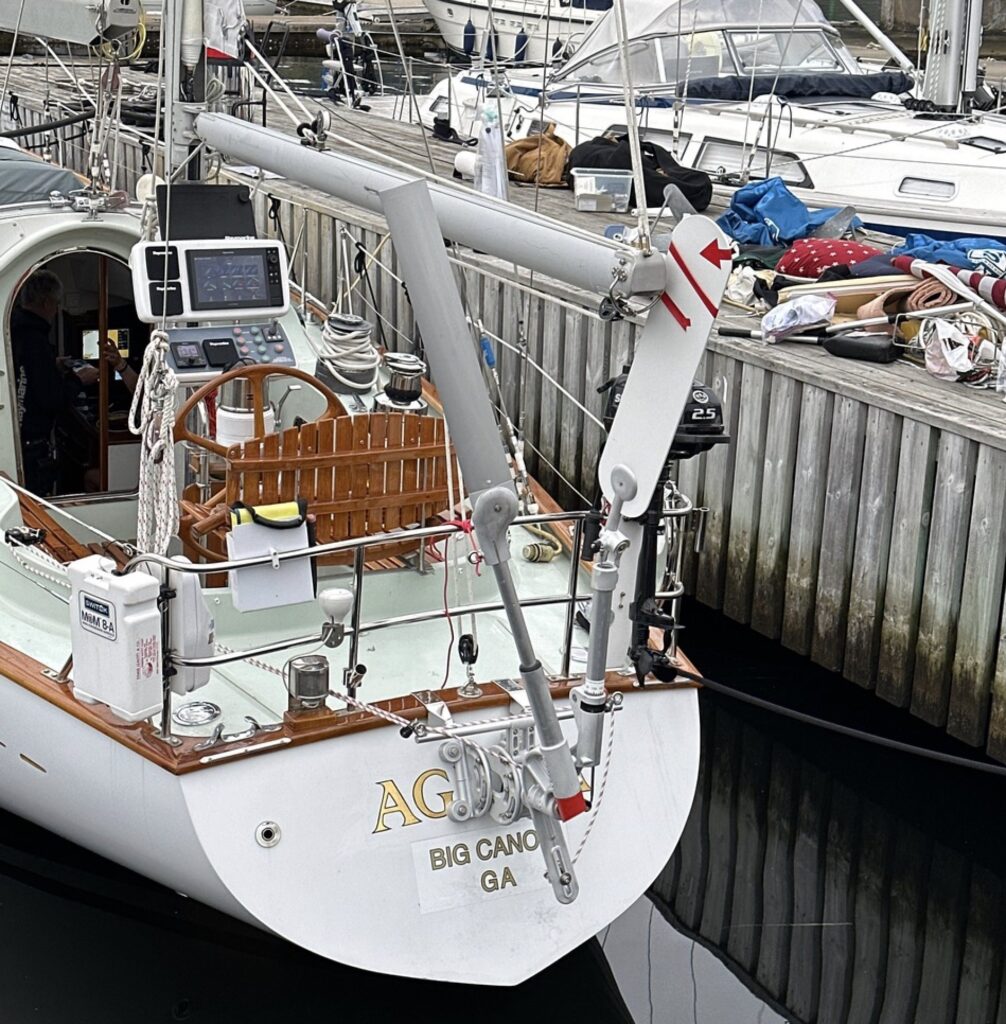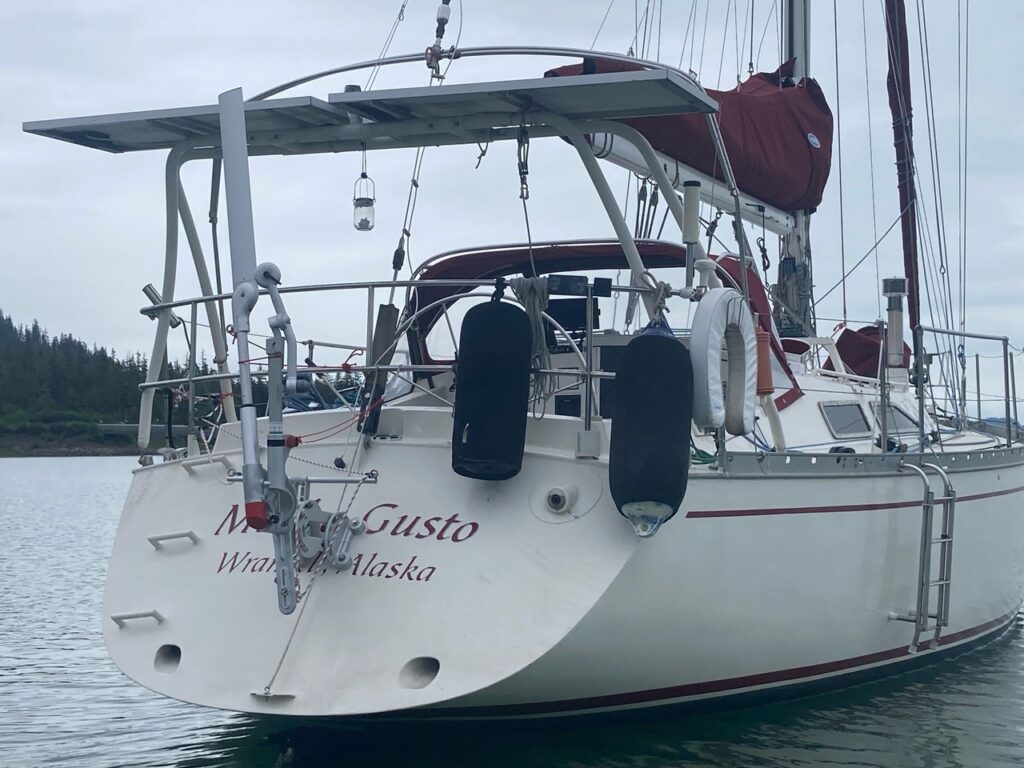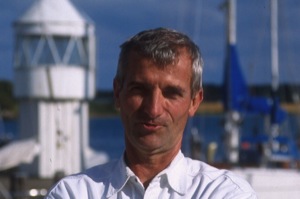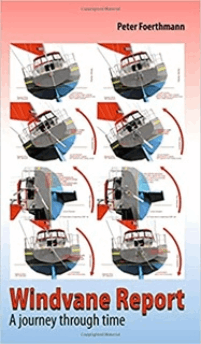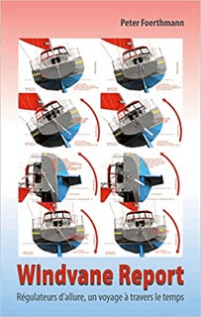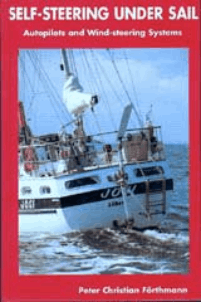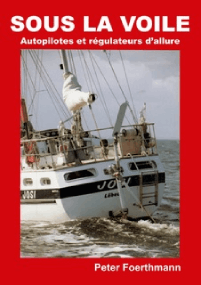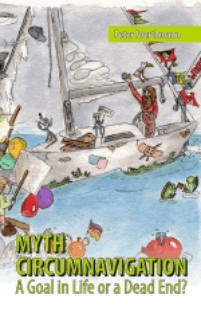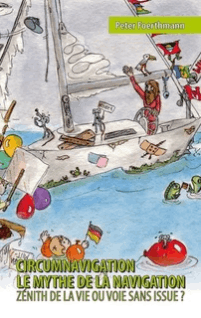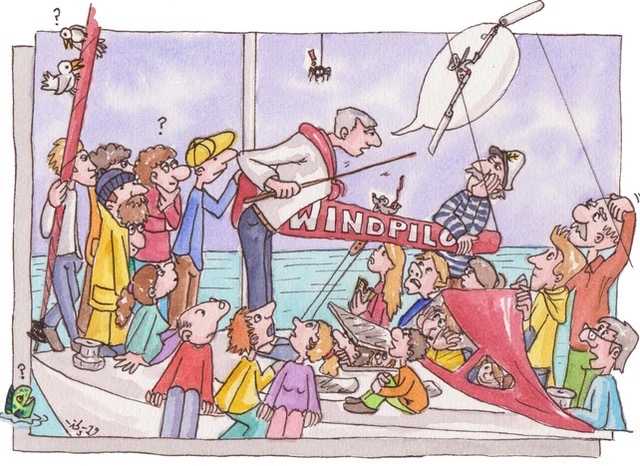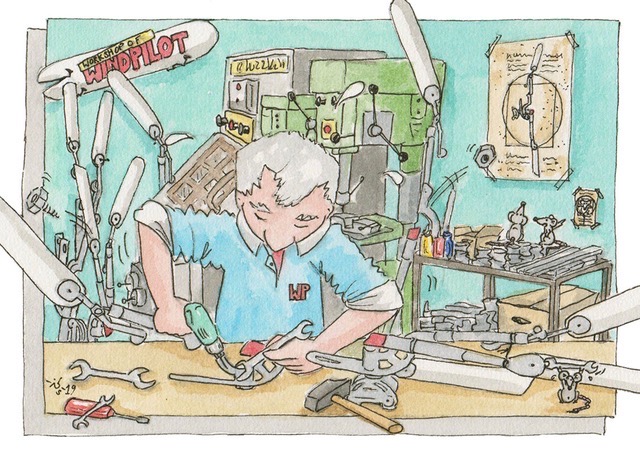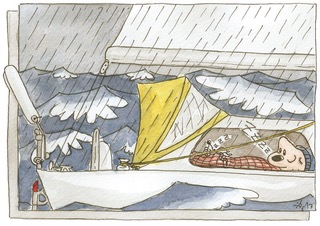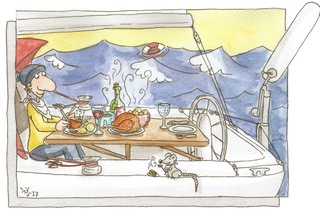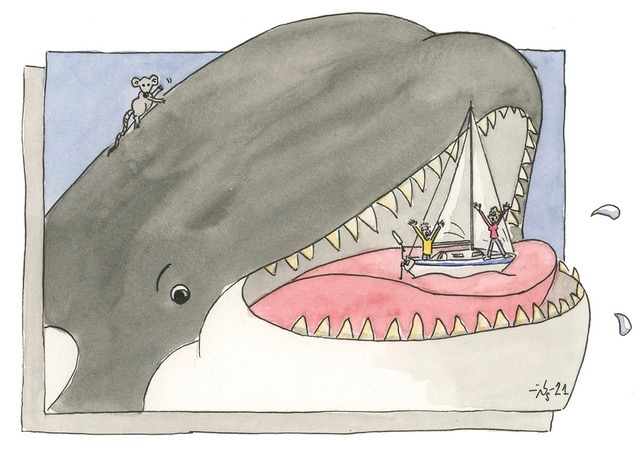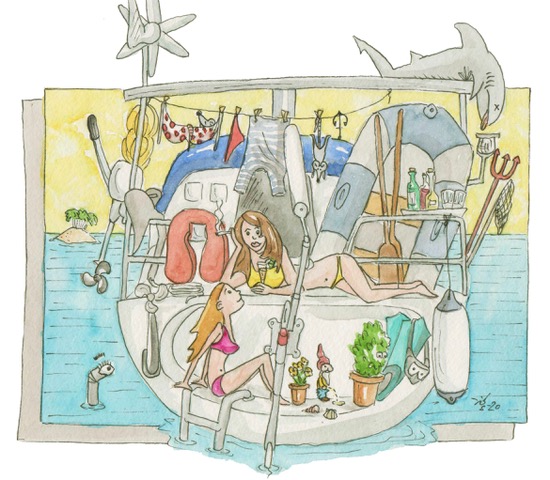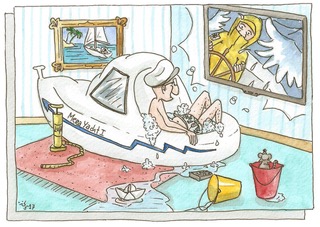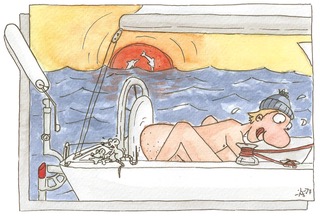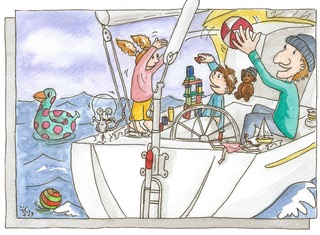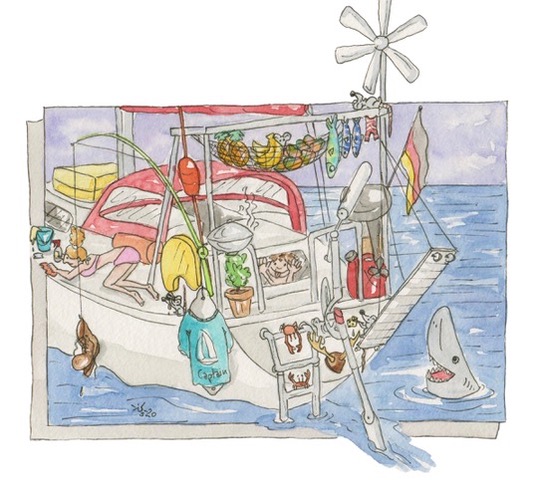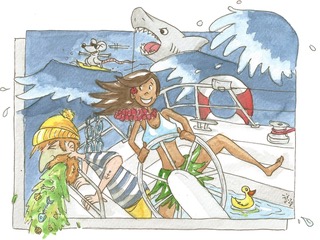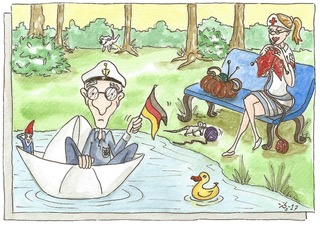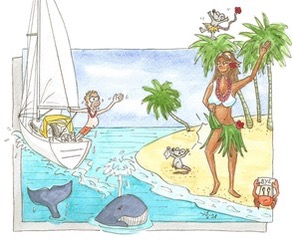WINDPILOT PACIFIC KEEPS THE HEAVYWEIGHTS IN LINE
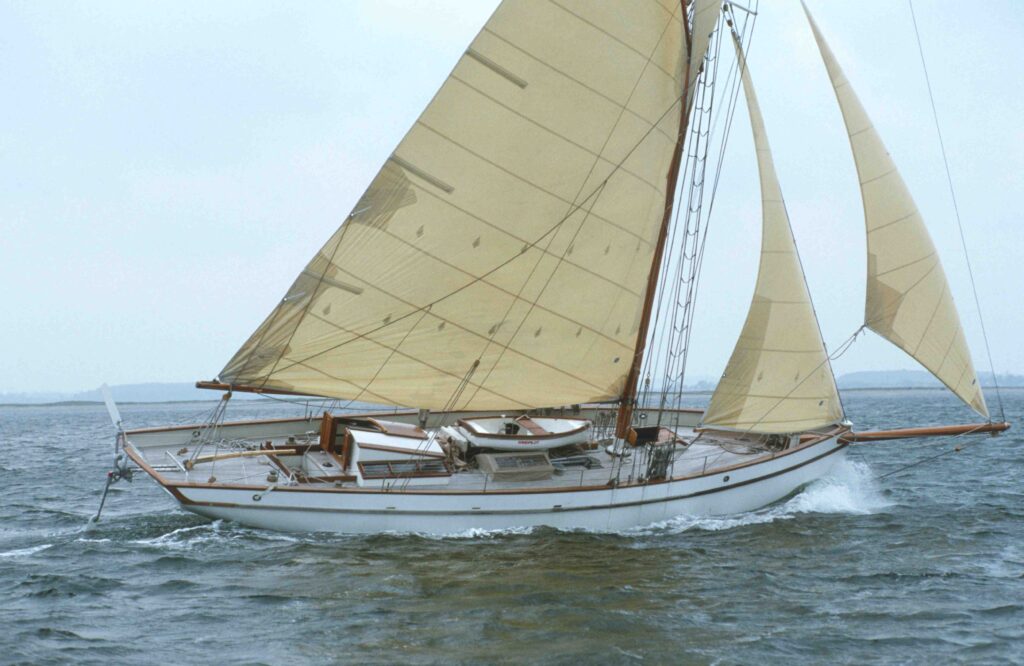 The word “heavyweights” – my considered choice of title today – can be understood in a number of different ways, several of which apply in the present context. Take my Windpilot self-steering systems, for example. I have been producing the Pacific and Pacific Plus models for 42 years, during which time many sailors have assumed the Pacific Plus is the Pacific’s big sister. The Pacific Plus does weigh (and cost) more, it is true, but the Pacific is the real heavyweight in virtually every other respect. Let me explain…
The word “heavyweights” – my considered choice of title today – can be understood in a number of different ways, several of which apply in the present context. Take my Windpilot self-steering systems, for example. I have been producing the Pacific and Pacific Plus models for 42 years, during which time many sailors have assumed the Pacific Plus is the Pacific’s big sister. The Pacific Plus does weigh (and cost) more, it is true, but the Pacific is the real heavyweight in virtually every other respect. Let me explain…
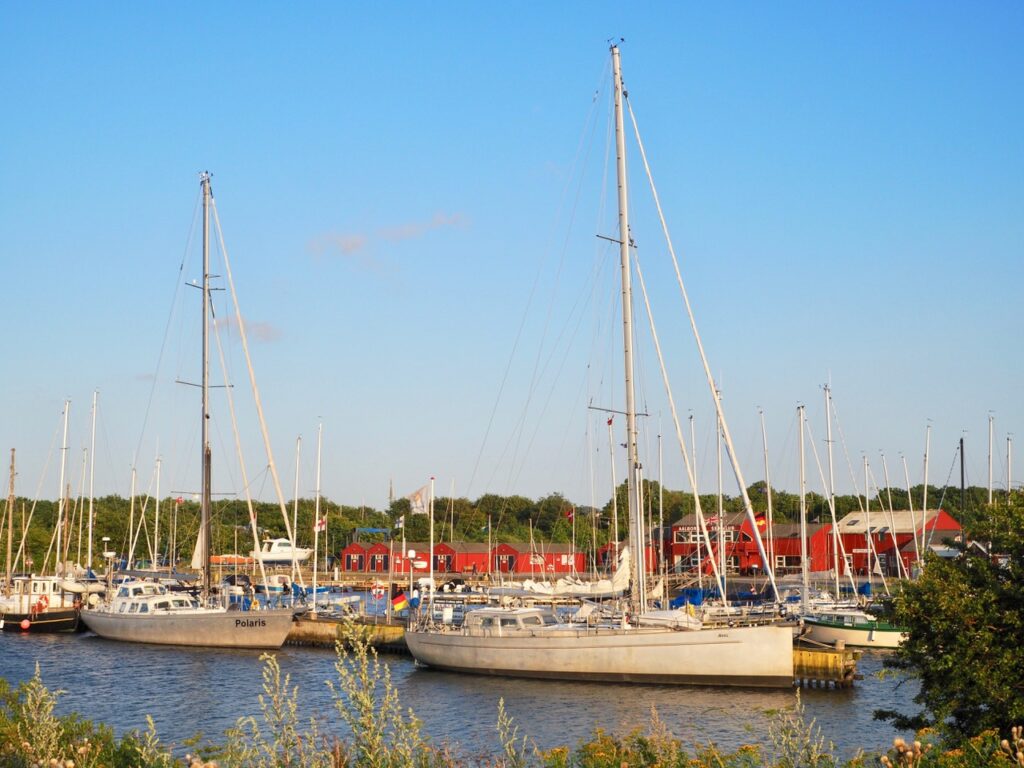
All auxiliary rudder and double rudder systems steer via an auxiliary rudder. The auxiliary rudder needs to have an effective area equal to approximately one third of the area of the boat’s main rudder in order to function properly as a windvane self-steering system. If the auxiliary rudder is underproportioned, it will be unable to hold the boat on course reliably. It might qualify as an aid to steering, but its lack of area will prevent it generating the steering force necessary for dependable self-steering. Although auxiliary rudder and double rudder systems are the same in this respect, they also differ in a fundamental way. An auxiliary rudder system like the Hydrovane derives both its steering signal and its steering force from its windvane. The double-rudder Pacific Plus, in contrast, uses the windvane only for its steering signal and relies on the pendulum rudder for steering force. Thanks to the servo effect exploited by the pendulum rudder, the Pacific Plus is able to generate considerably greater steering force than a regular non-servo-assisted auxiliary rudder system like the Hydrovane.
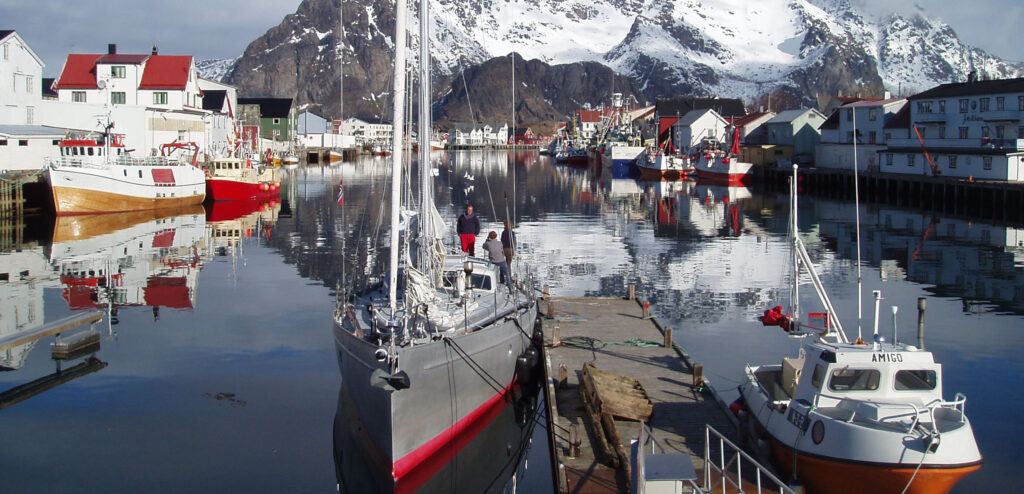
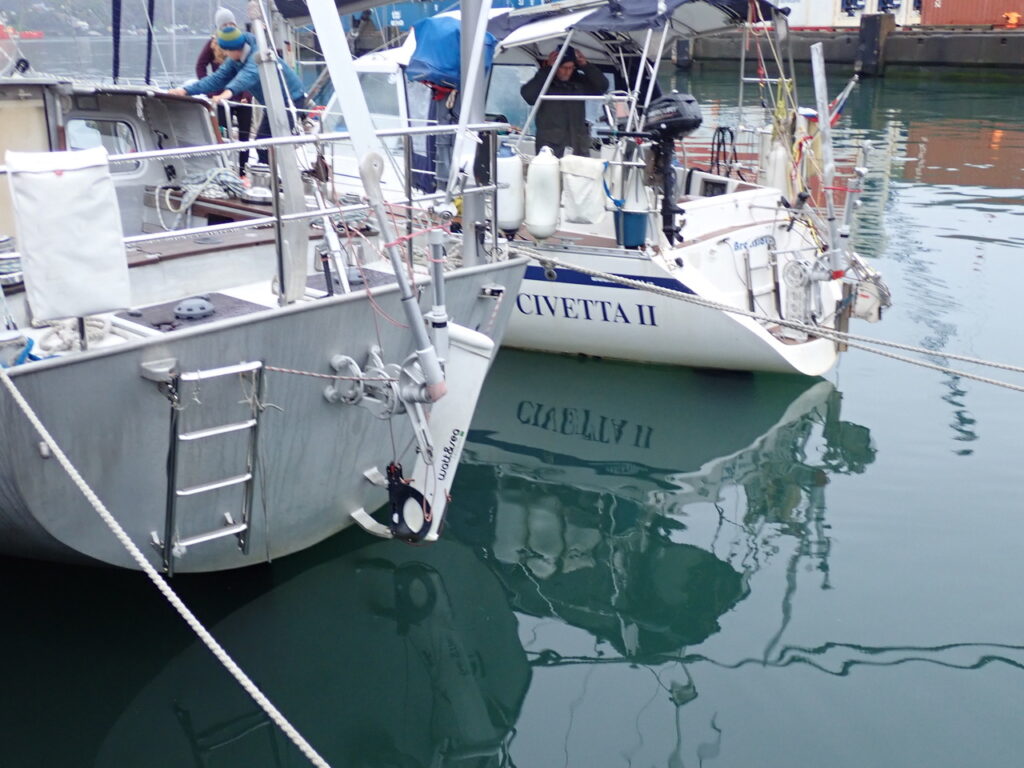 The Pacific steers via transmission lines that link it directly to the main rudder. Whatever its particulars (large, small, balanced, keel-hung etc.), the main rudder will by definition be sufficient in area to control the boat, so the Pacific entirely avoids the problem of matching the proportions of two different rudder areas. The Pacific accordingly has the power to tame significantly larger boats, not reaching its upper limit until around 65 ft and 40 metric tons. One key element to bear in mind though is that this performance assumes the Pacific can control the main rudder directly via the tiller or wheel. Hydraulic steering systems change the picture substantially.
The Pacific steers via transmission lines that link it directly to the main rudder. Whatever its particulars (large, small, balanced, keel-hung etc.), the main rudder will by definition be sufficient in area to control the boat, so the Pacific entirely avoids the problem of matching the proportions of two different rudder areas. The Pacific accordingly has the power to tame significantly larger boats, not reaching its upper limit until around 65 ft and 40 metric tons. One key element to bear in mind though is that this performance assumes the Pacific can control the main rudder directly via the tiller or wheel. Hydraulic steering systems change the picture substantially.
The Pacific Plus operates as a closed system and has no need for transmission lines to the main rudder, which can make it an attractive option for centre-cockpit boats. It can also fill the role of emergency rudder: good for peace of mind on boats with a less robust main rudder configuration. Surprising as it may sound, it is though perfectly straightforward to rig transmission lines for a centre cockpit, so the Pacific Plus is certainly not the only option for this type of design.
The principal differences between the Pacific and Pacific Plus are as follows:
System weight: 20 kg / 75 kg
Number of mounting bolts: 4 / 8
Suitable as emergency rudder: no / yes
Affects manoeuvring under engine: no / yes
Vulnerable to flotsam: no / yes
Transmission lines: yes / no
Price: € 4,900 / € 8,300 inc. EU taxes
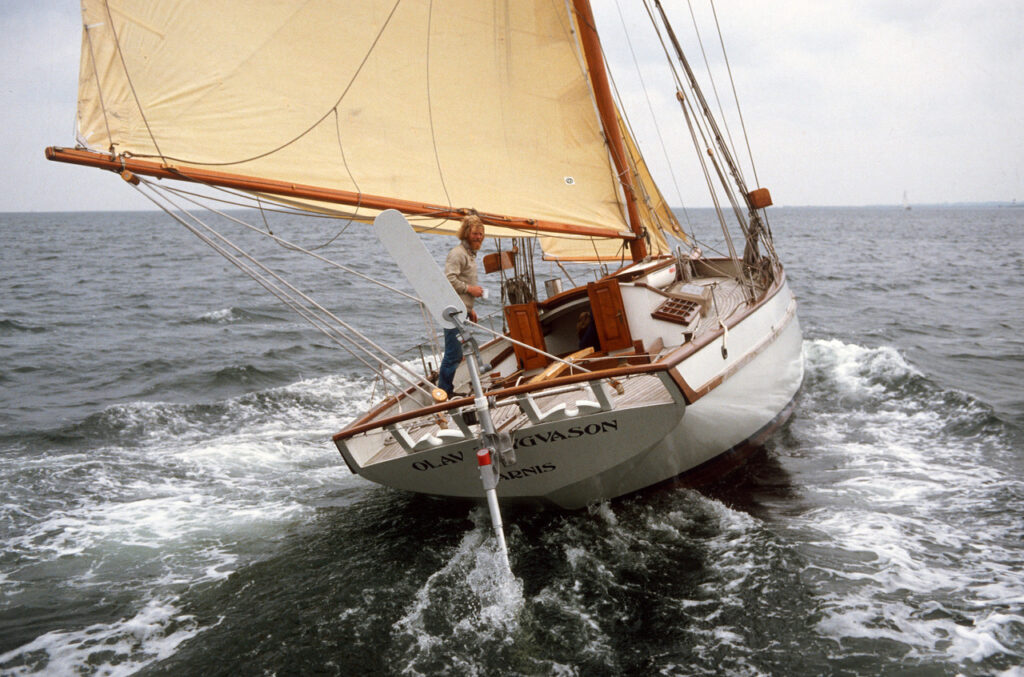 If you don’t try, you’ll never know. It was the mighty Olaf Trygvason that delivered me my first big opportunity to try, and when owner Hasko and family returned after a whole five years roaming the seas, I knew: if my Pacific could cope with this trial of strength, I could safely recommend it for larger boats more generally.
If you don’t try, you’ll never know. It was the mighty Olaf Trygvason that delivered me my first big opportunity to try, and when owner Hasko and family returned after a whole five years roaming the seas, I knew: if my Pacific could cope with this trial of strength, I could safely recommend it for larger boats more generally.
I quickly gained in confidence, broadened my horizons and started collaborating with owners to find out what might be possible. We had a simple formula: give my Pacific a try, and if it finds your boat too much to handle, I’ll take the whole system back. I’m sure I meant it too, but we very soon discovered the Pacific could manage even traditional, heavily-built sailing boats with aplomb, so nobody ever called on me to honour my promise.
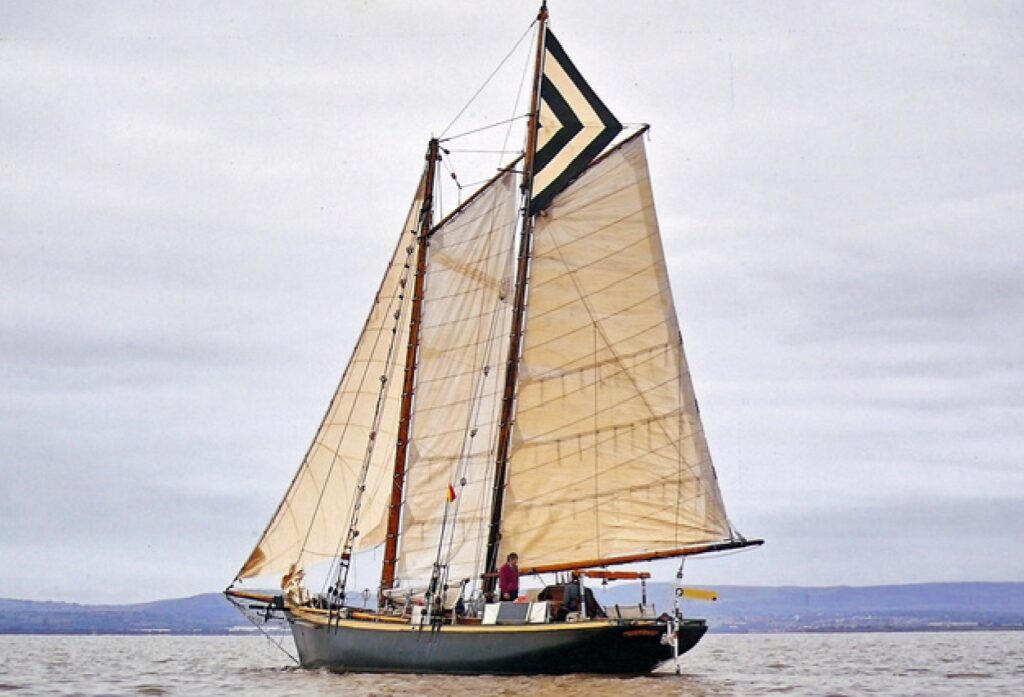 Thirty-three years or so ago, I sold Pam and Dick Morris a Pacific for their yacht Irene and subsequently met them in Las Palmas roads, kicking off an era in which owners of heavier yachts the world over increasingly came to me enquiring about a Pacific. Fully fitted out and provisioned, Irene weighs in the region of 40 metric tons plus.
Thirty-three years or so ago, I sold Pam and Dick Morris a Pacific for their yacht Irene and subsequently met them in Las Palmas roads, kicking off an era in which owners of heavier yachts the world over increasingly came to me enquiring about a Pacific. Fully fitted out and provisioned, Irene weighs in the region of 40 metric tons plus.
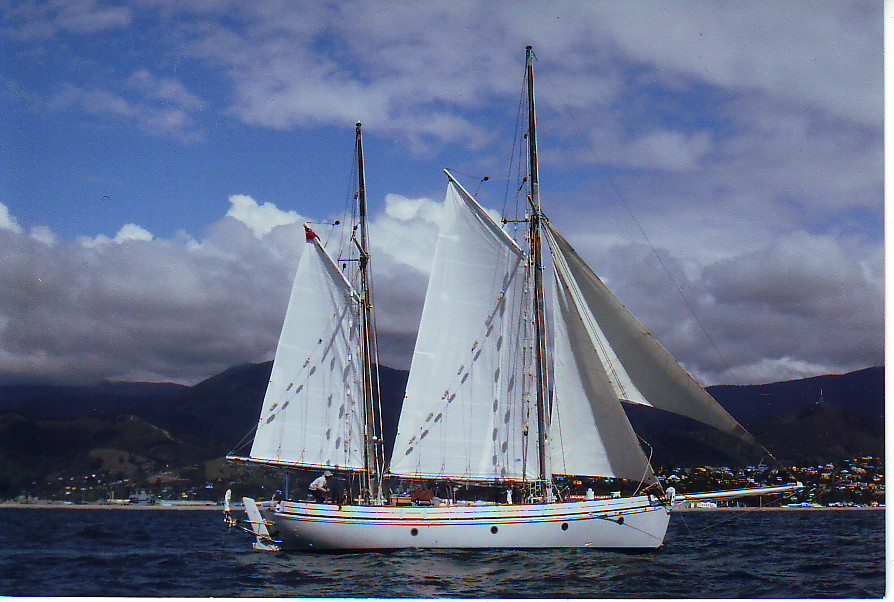
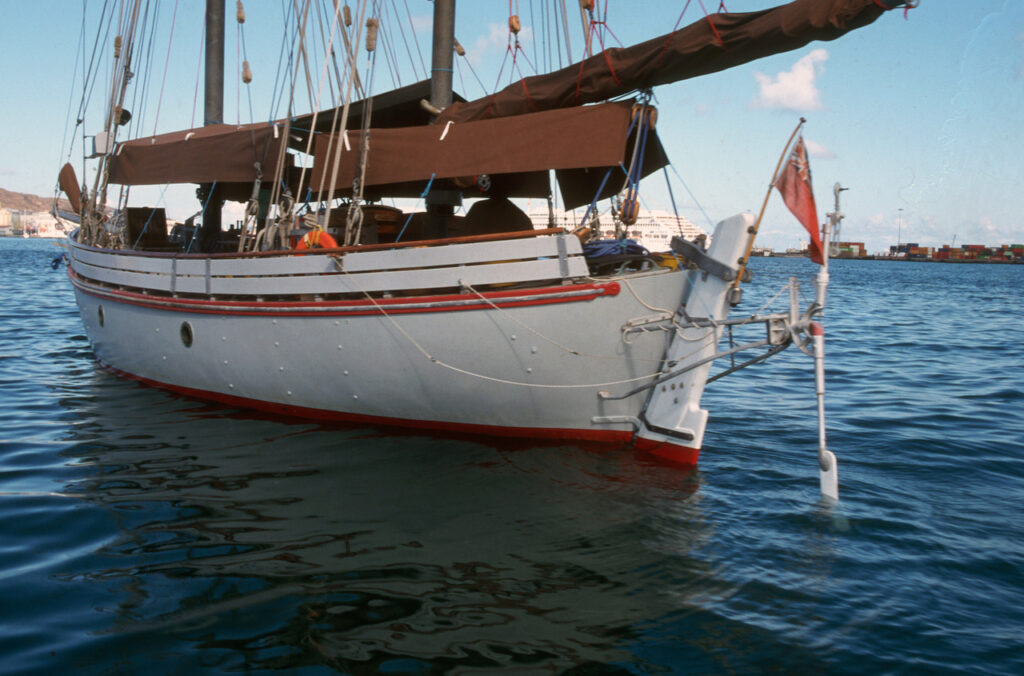
The Pacific’s reputation also spread quickly among Colin Archer owners, especially in Norway, and I have quite lost count of the number of Pacific-endowed Colin Archer designs worldwide.
Innumerable other yachts of heavier construction continue to enjoy problem-free passagemaking all over (and, of course, around) the world with my own heavyweight performer, the Pacific, at the helm
